Oslo and Bergen
These are the two largest cities in Norway. OSLO was founded in 1040 as a trading post mainly for timber exports. They landed here.
And rapidly set up a small town.
The trading post probably peaked around 1300, when a medieval castle was built over the harbor. It was later used as a prison and the headquarters of the Nazis during their occupation of Norway in WWII.
By the 1800s the city had become the capital of Norway (ex Bergen) and notable buildings such as the Palace, the Opera house, etc. were constructed.

The Nobel peace prize is awarded in Oslo. Prizes in other categories are awarded in Sweden.
A little story. When Teddy Roosevelt broke up the American monopolies (Standard oil, US steel, etc.) he broke the DuPont company (which had a monopoly on the manufacture and sale of gunpowder) into three companies: DuPont, Hercules and Atlas. The DuPont company went on the be quite successful while the other two languished. I believe that this was mainly because the DuPont company retained the exclusive license for the manufacture and sale of dynamite which it had obtained from mister Nobel, the inventor.
The downtown is still much the same as the picture above. Now loaded with tourists.
Today there is a lot of construction activity, with nice new areas along the waterfront.
We travelled by train over to the coast to Bergen.
Bergen is a very nice town with a small compact city center.
But it is completely overrun with tourists. 300+ cruise ships visit Bergen in a year. The city was founded in 1070 as a trading post for fish and timber and was a very important Scandinavian town in the medieval period.
There is a very nice park up over the town center with trails up to overlook the city.
Norway is a very rich country and expensive by US standards. The confluence of decades of oil revenues and high taxes and duties (cars, 100%) have led to high prices. Some examples: Half pint of beer: 10 to 12 dollars. Haircut: 32 dollars. Hamburger: 23 to 31 dollars.
We joined a Hurtigruten cruise at Bergen and travelled up the coast to the far north where Norway, Finland and Russia all meet.
This convinced me that perhaps 98% of all Norwegians live within 300 yards of the sea.
This was a working boat making many stops along the coast.
We had a nice little suite and the food and wine were very good.
The boat stopped at towns big and small and the days were planned with optional tours, lectures, etc.
The towns were quite plain with some old buildings, churches etc. Interesting in the lack of ornateness.
The very best fiord scenery we encountered was on excursions into the fiords especially to old Viking towns.
Along the way we passed the northern tree line, and then the Arctic circle, which designates the area where further north the sun never sets for at least one day a year.
At North Cape we passed into the Arctic ocean.
Cruising is a very interesting life. We have friends who have taken monumental cruises of 90 or 120 days. I am not sure I am ready for that. But we’ll have to see.
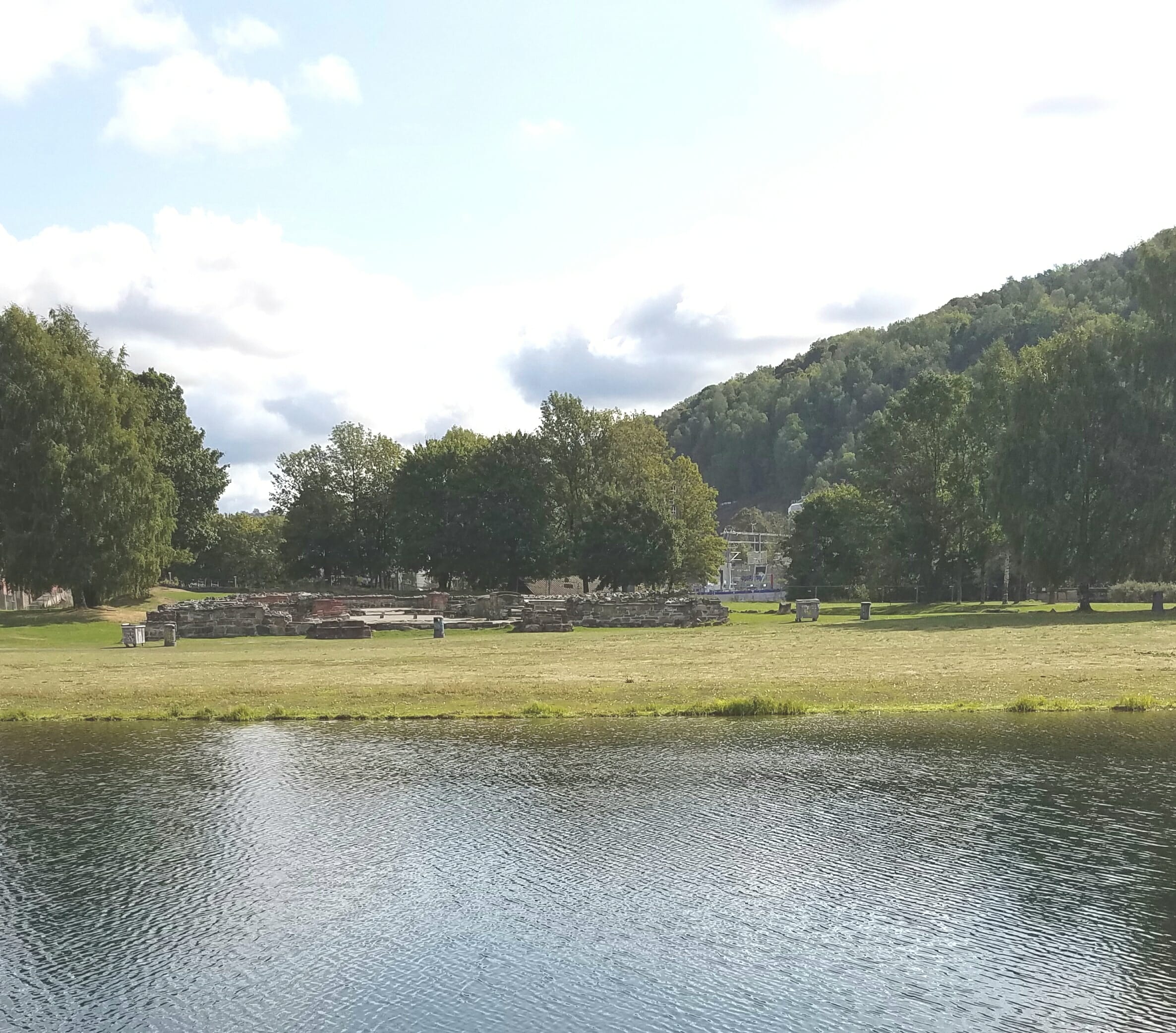
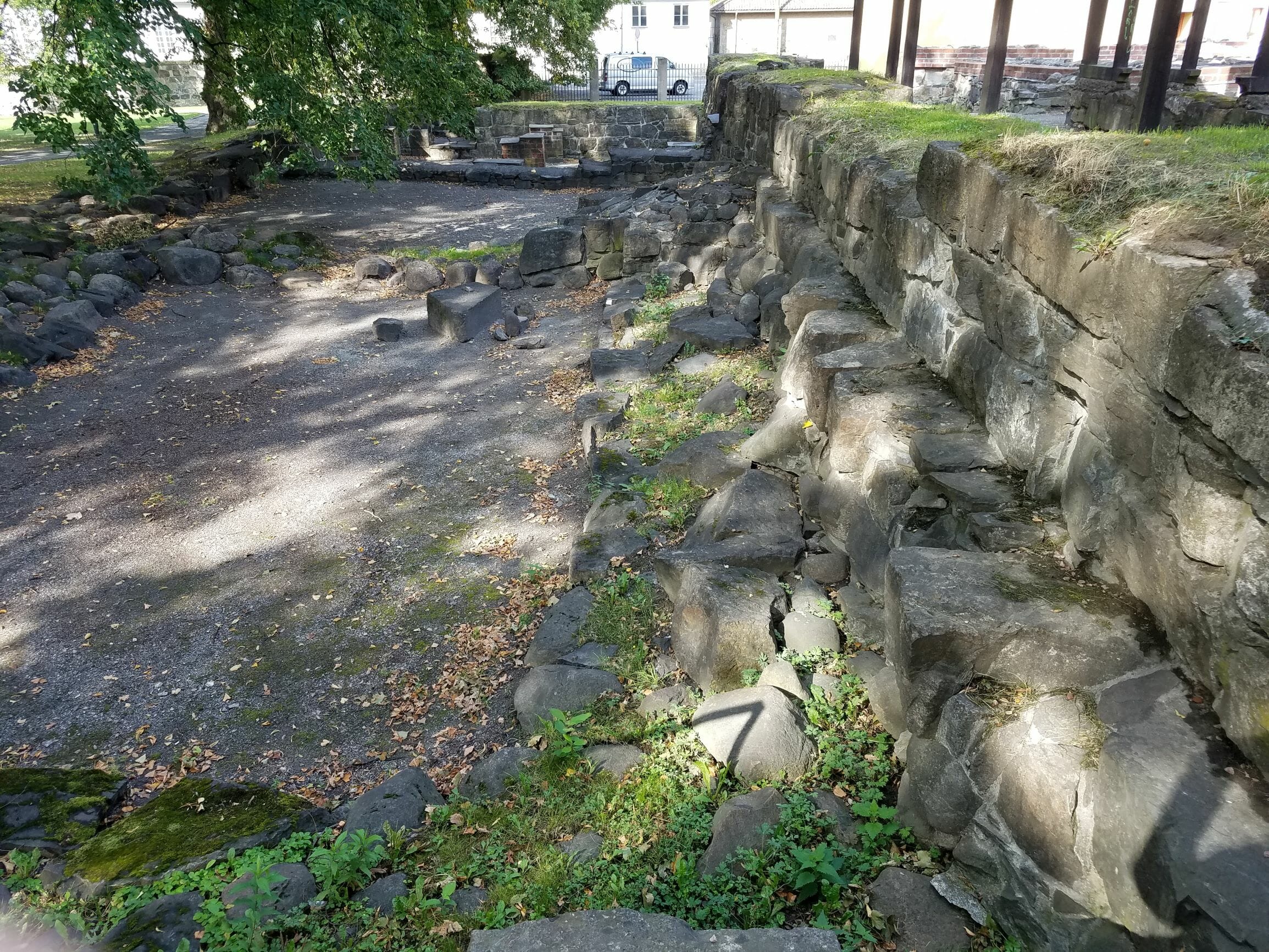
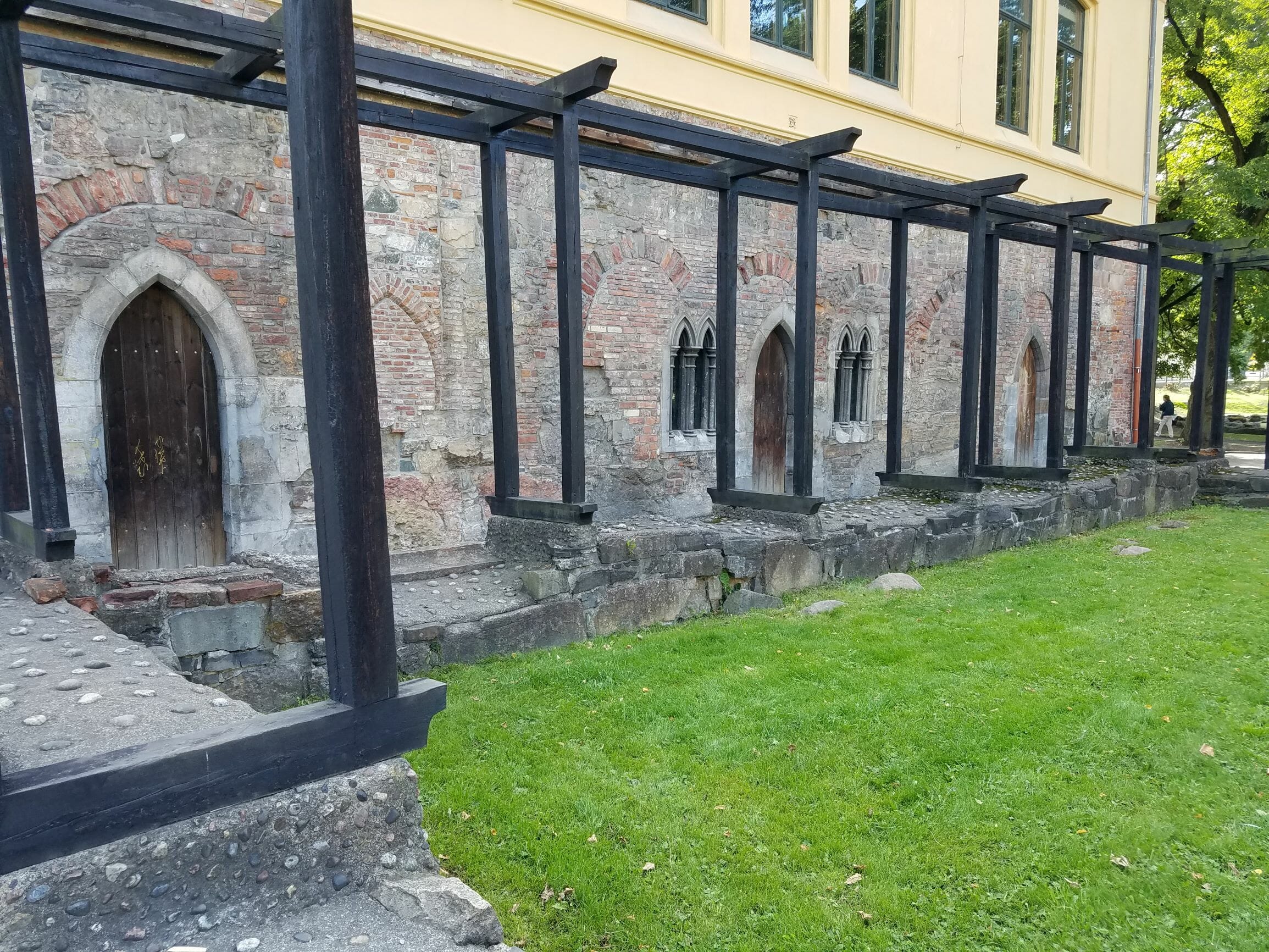
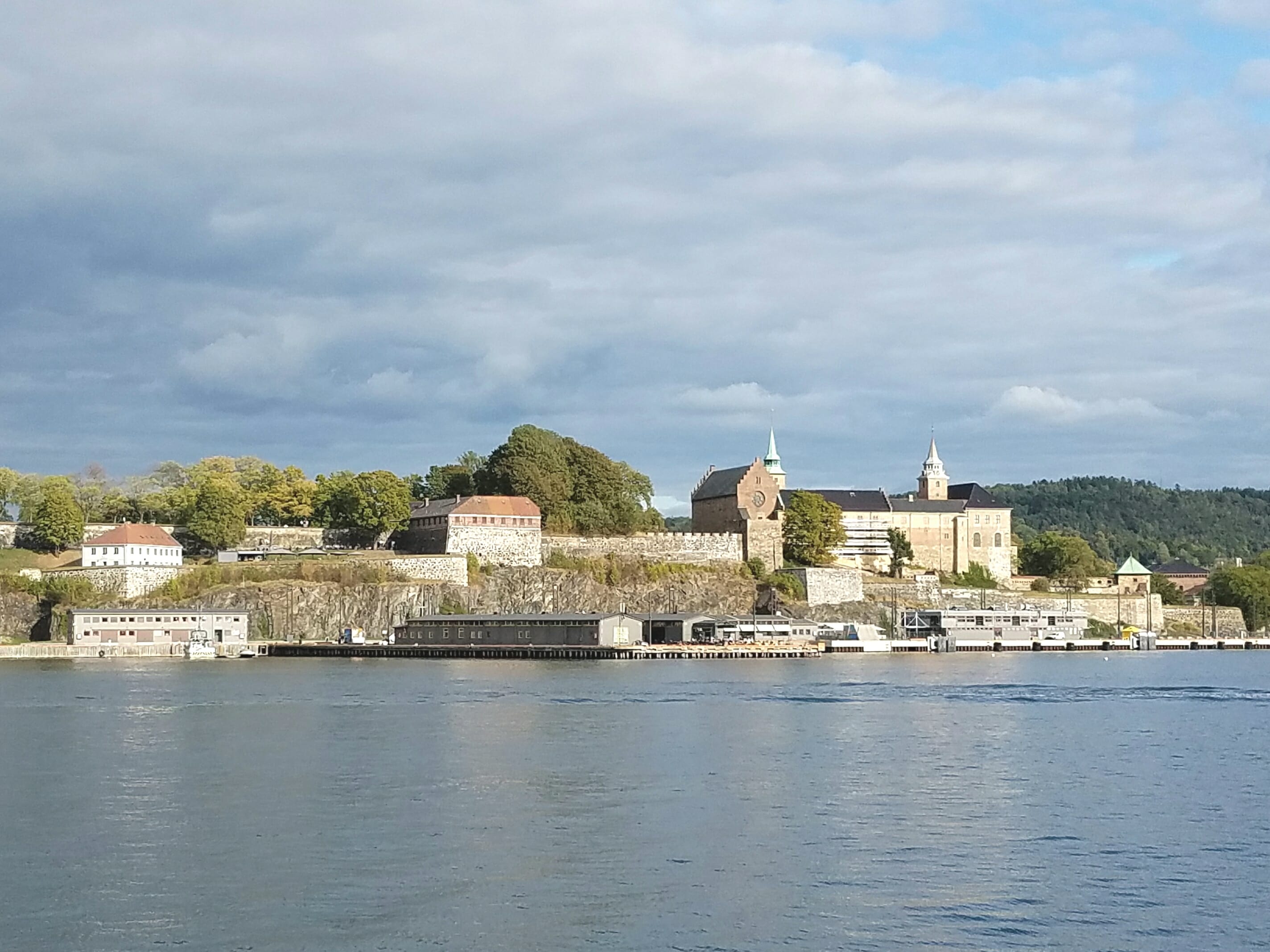
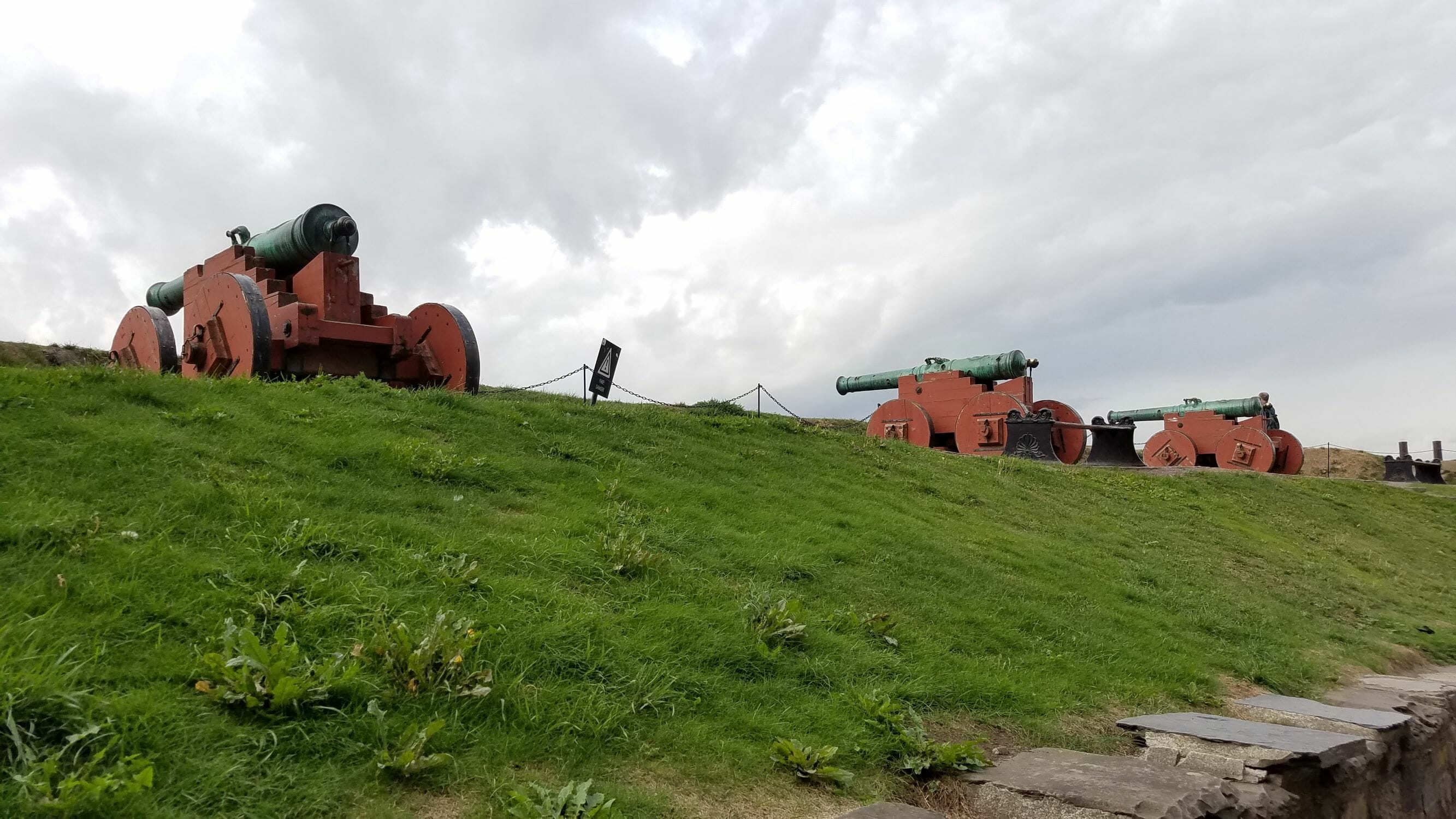
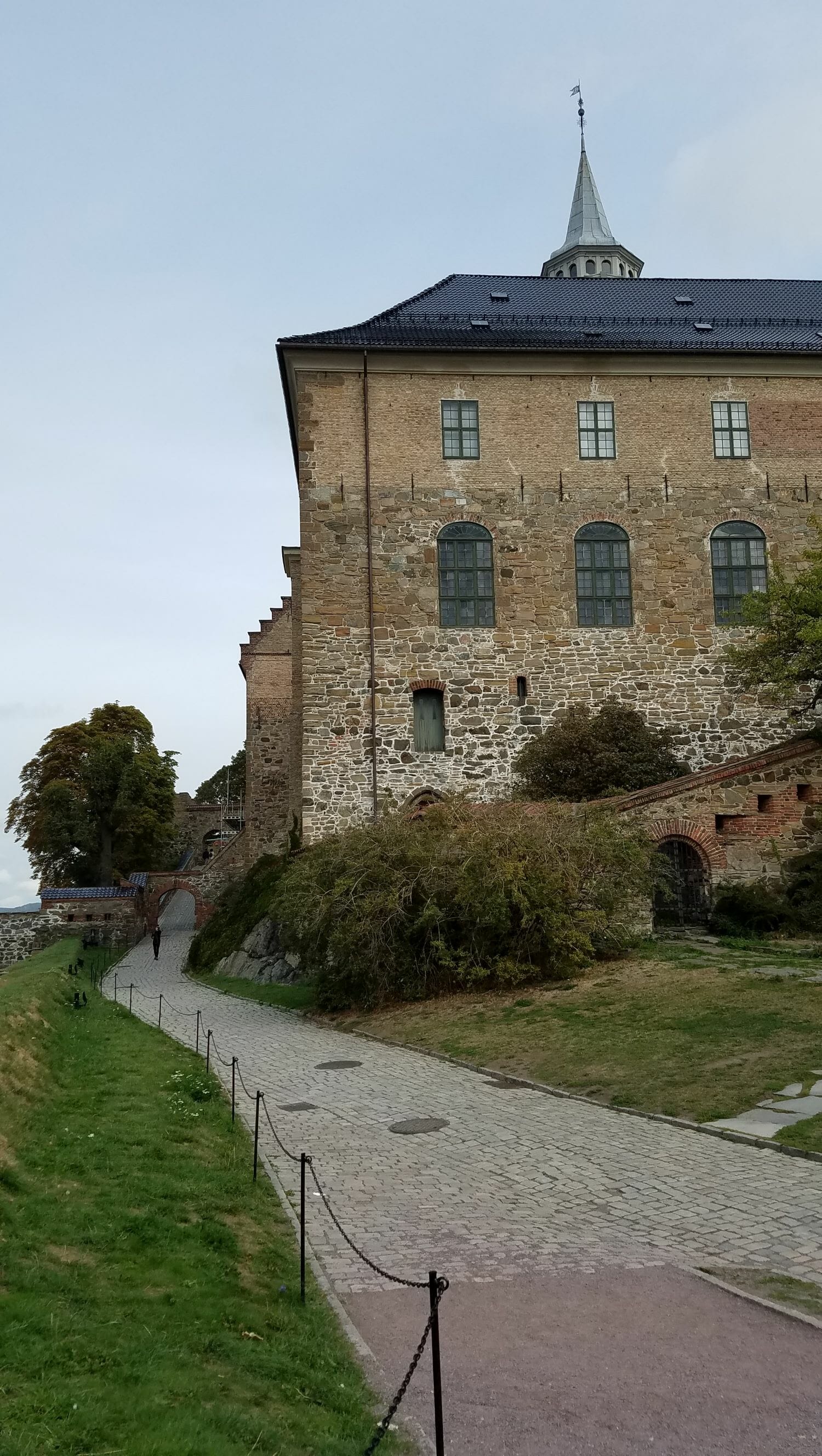
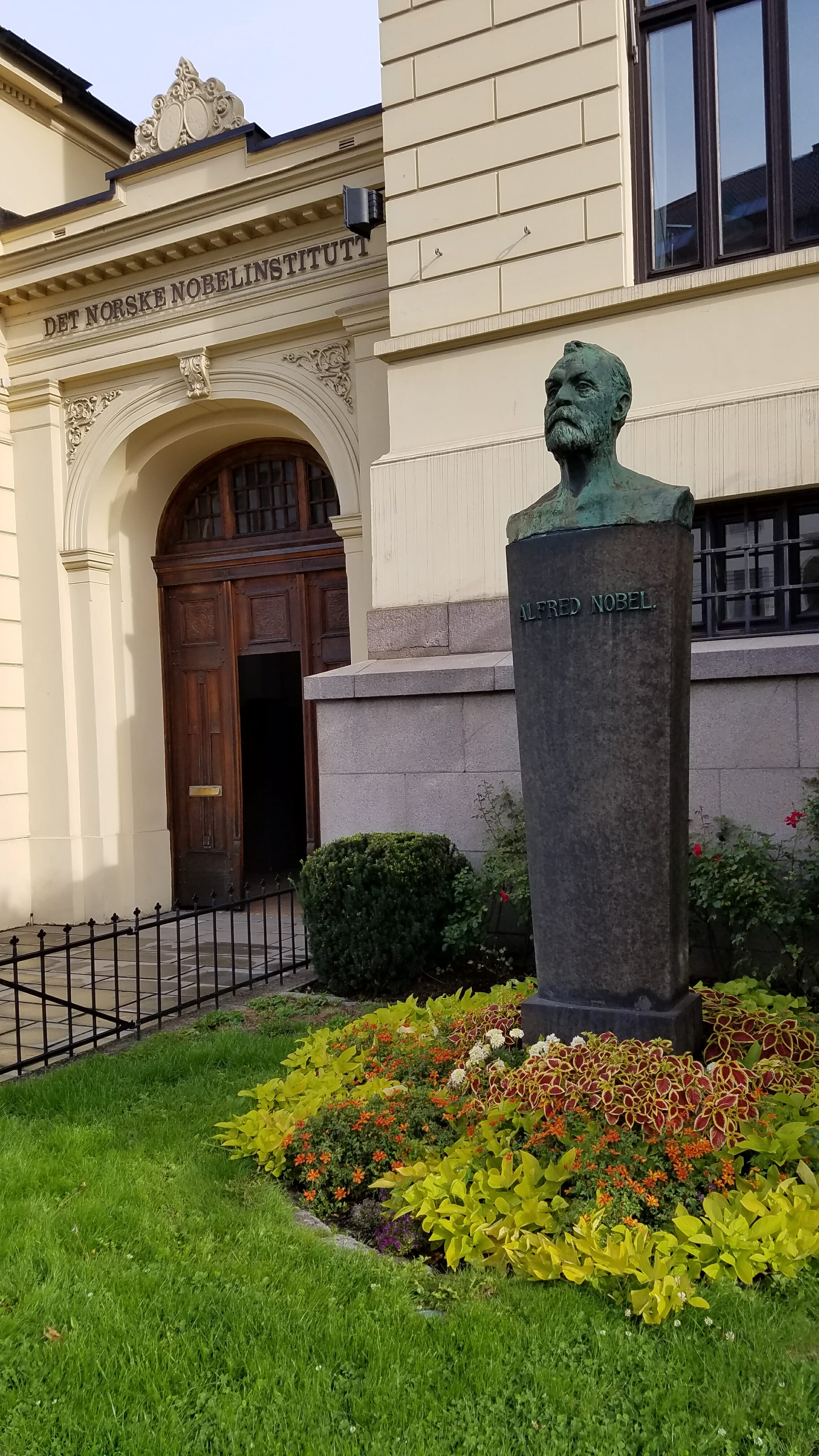
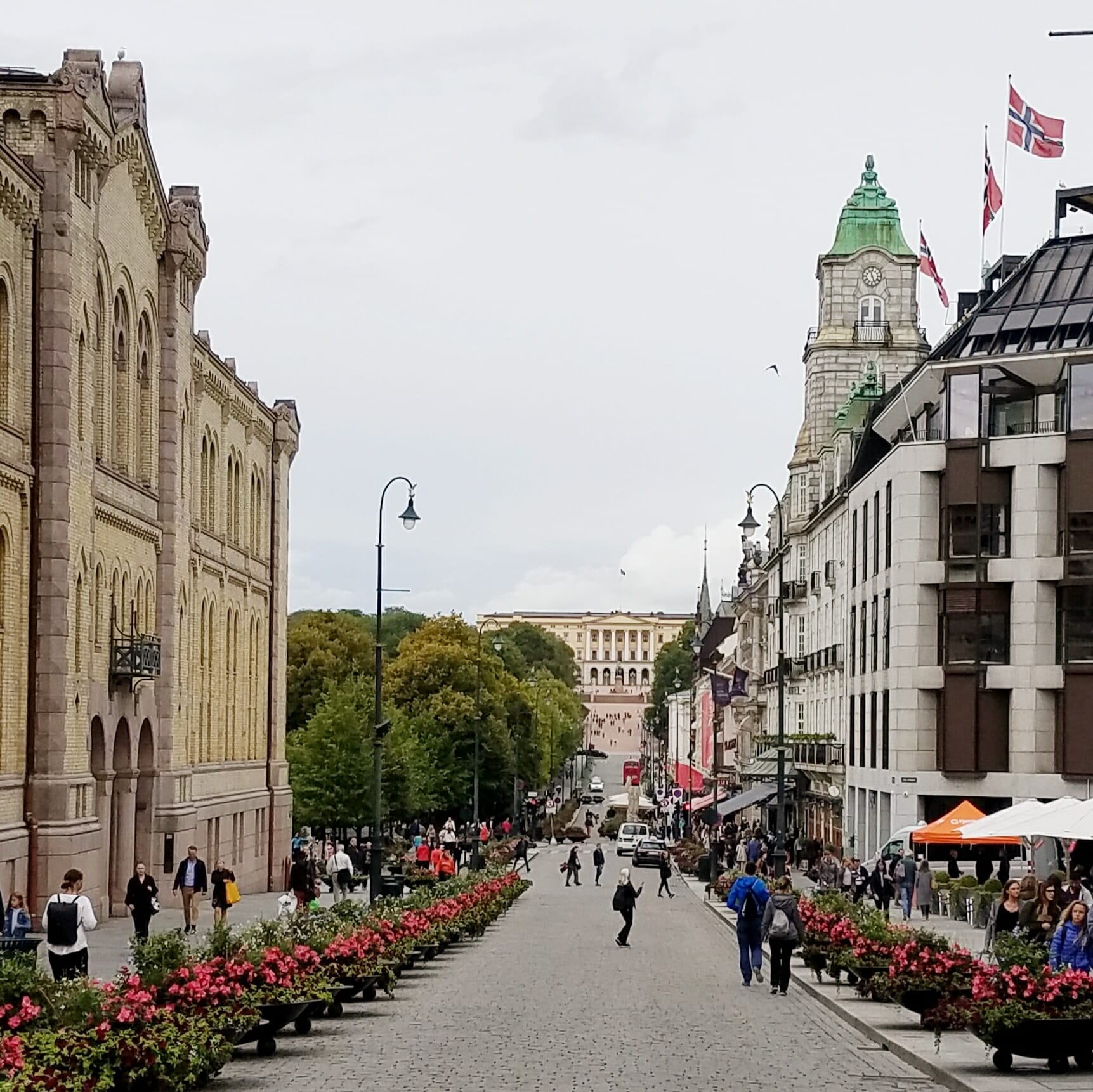
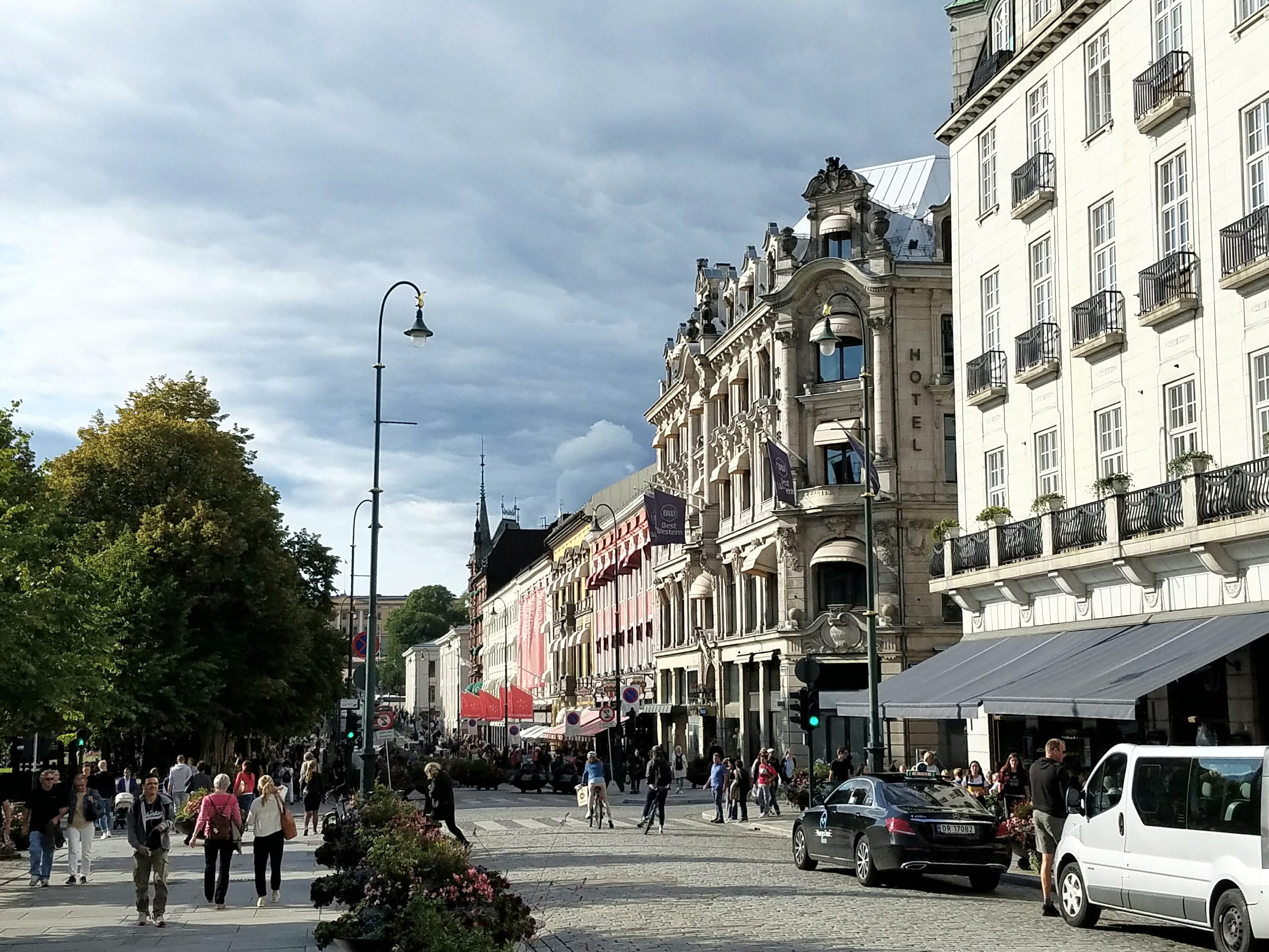
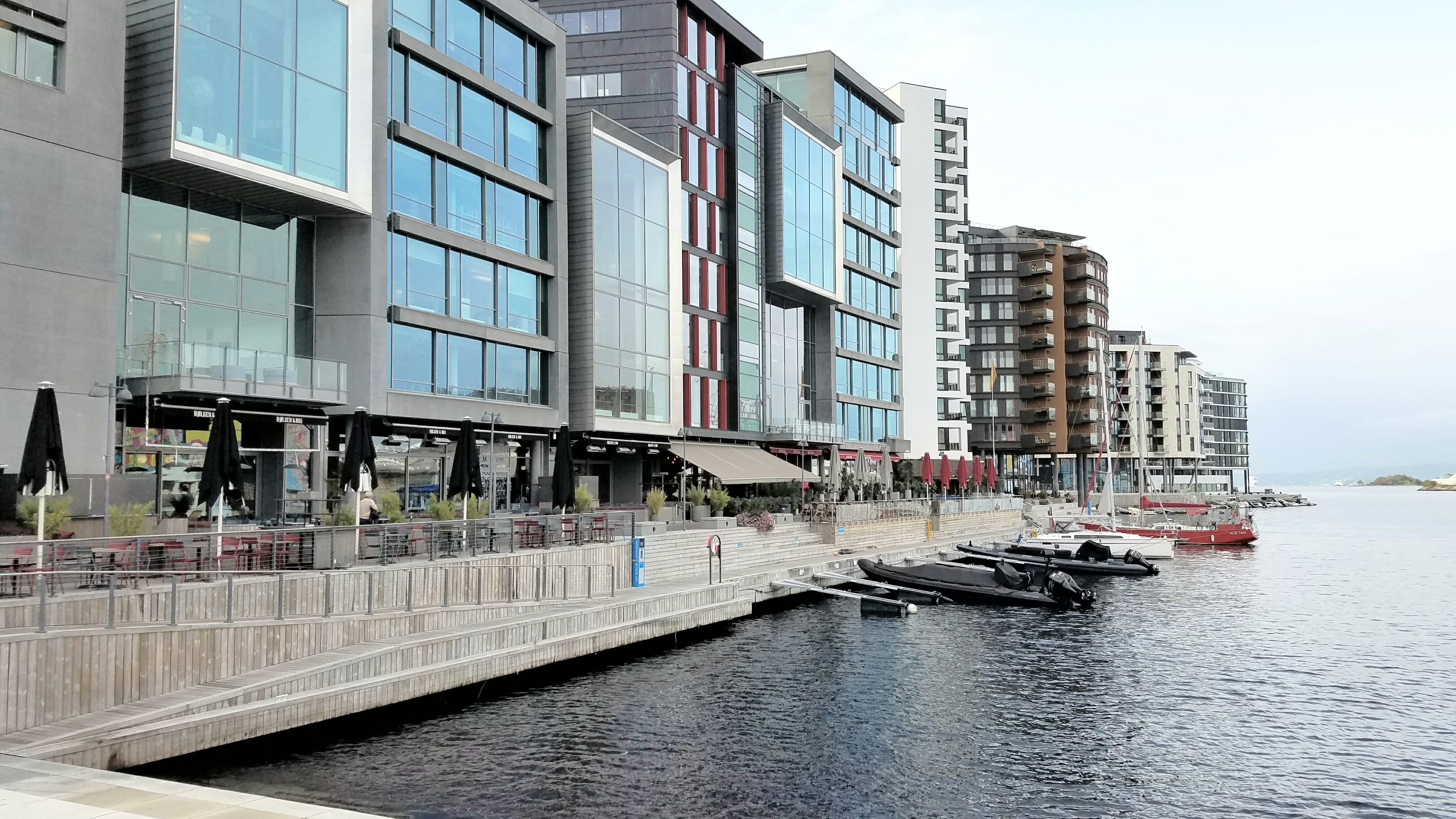
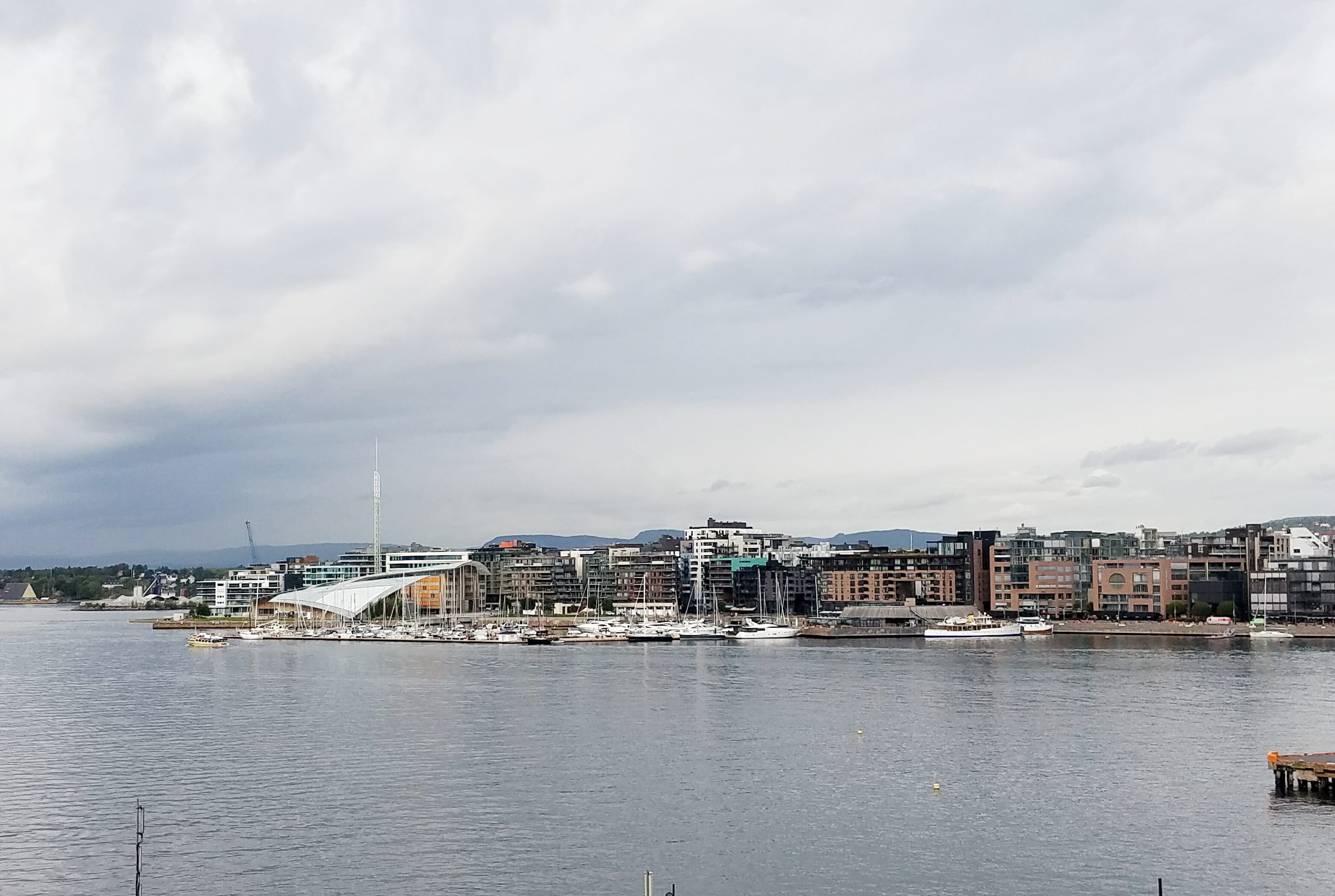
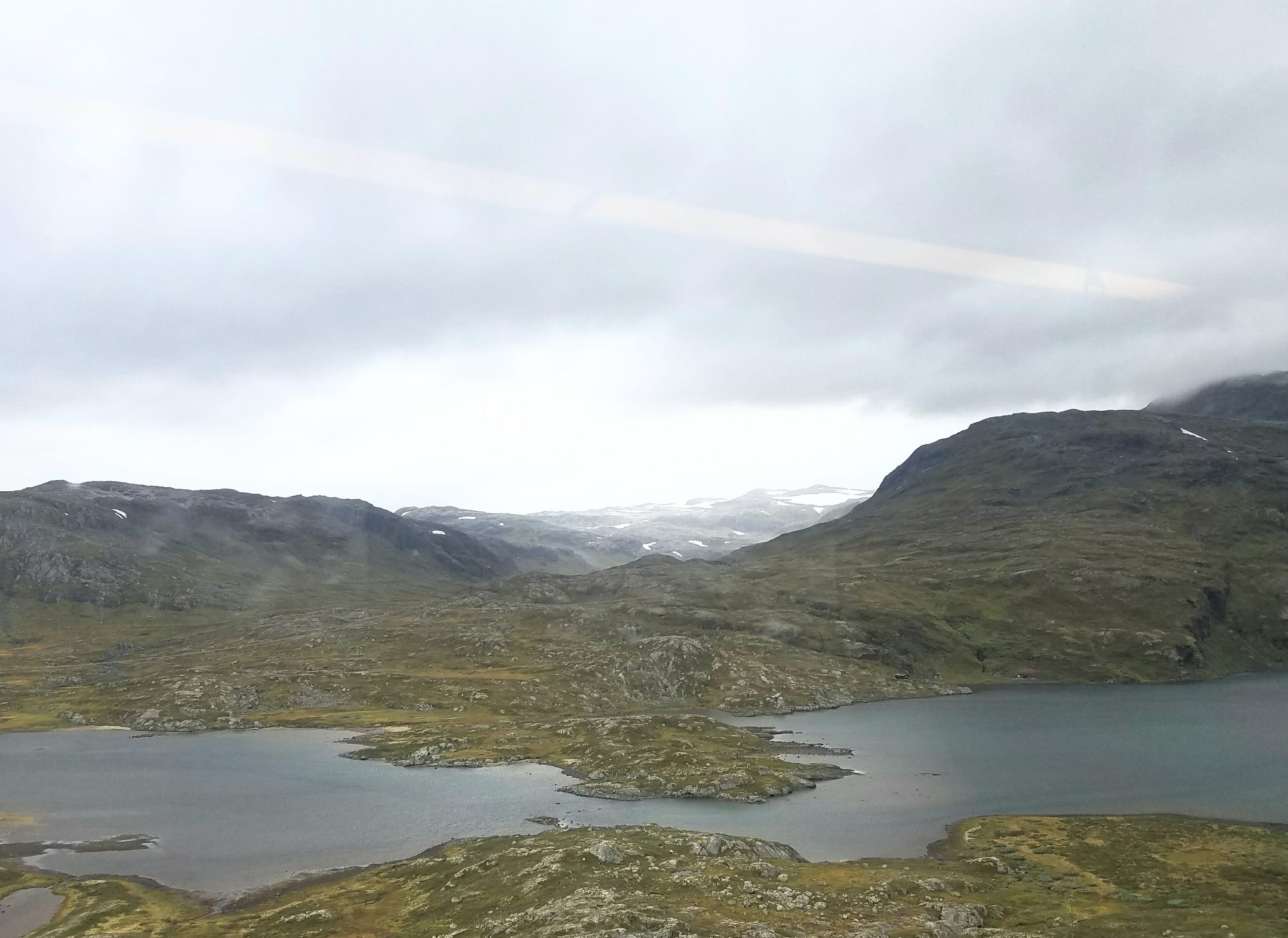
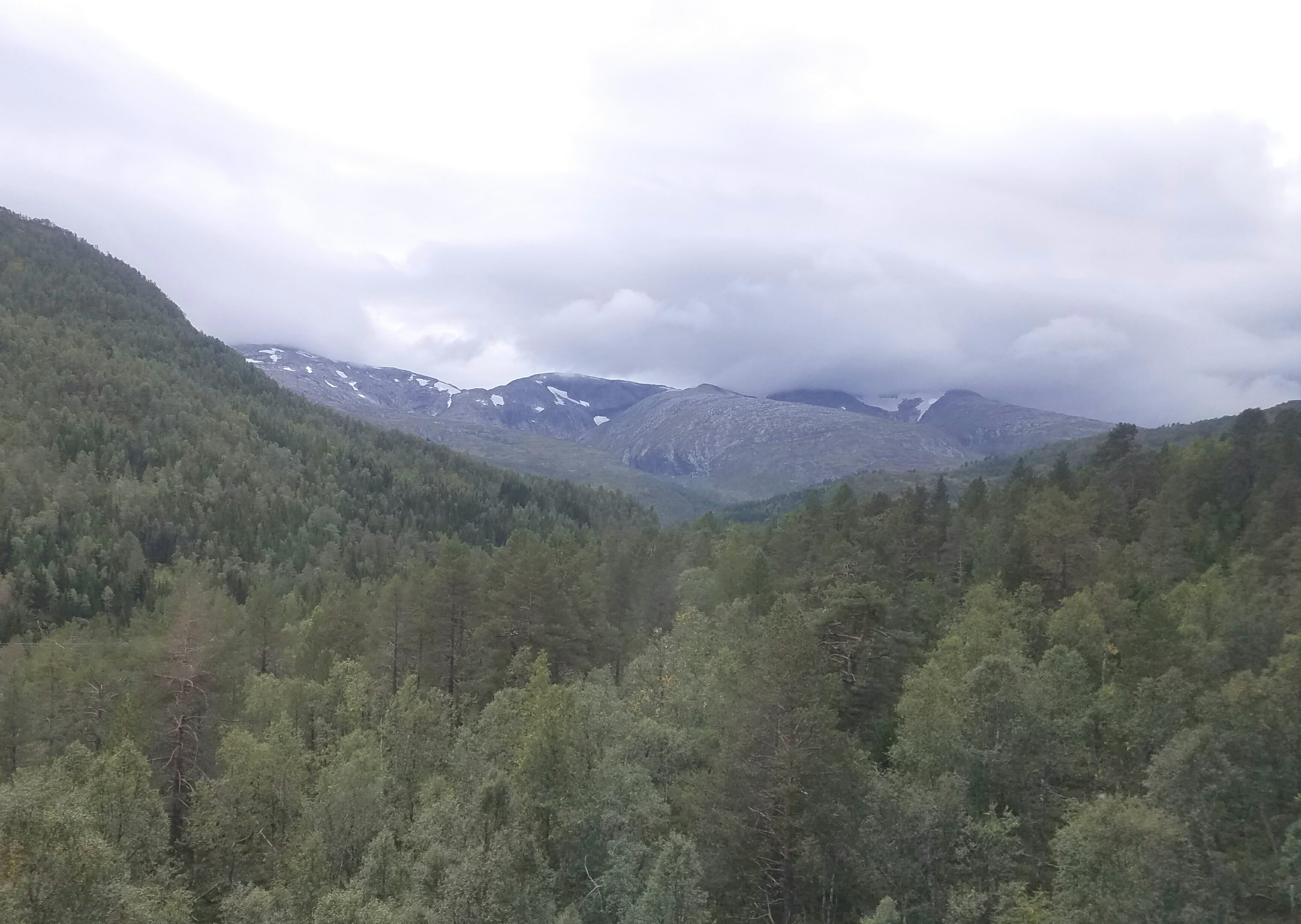

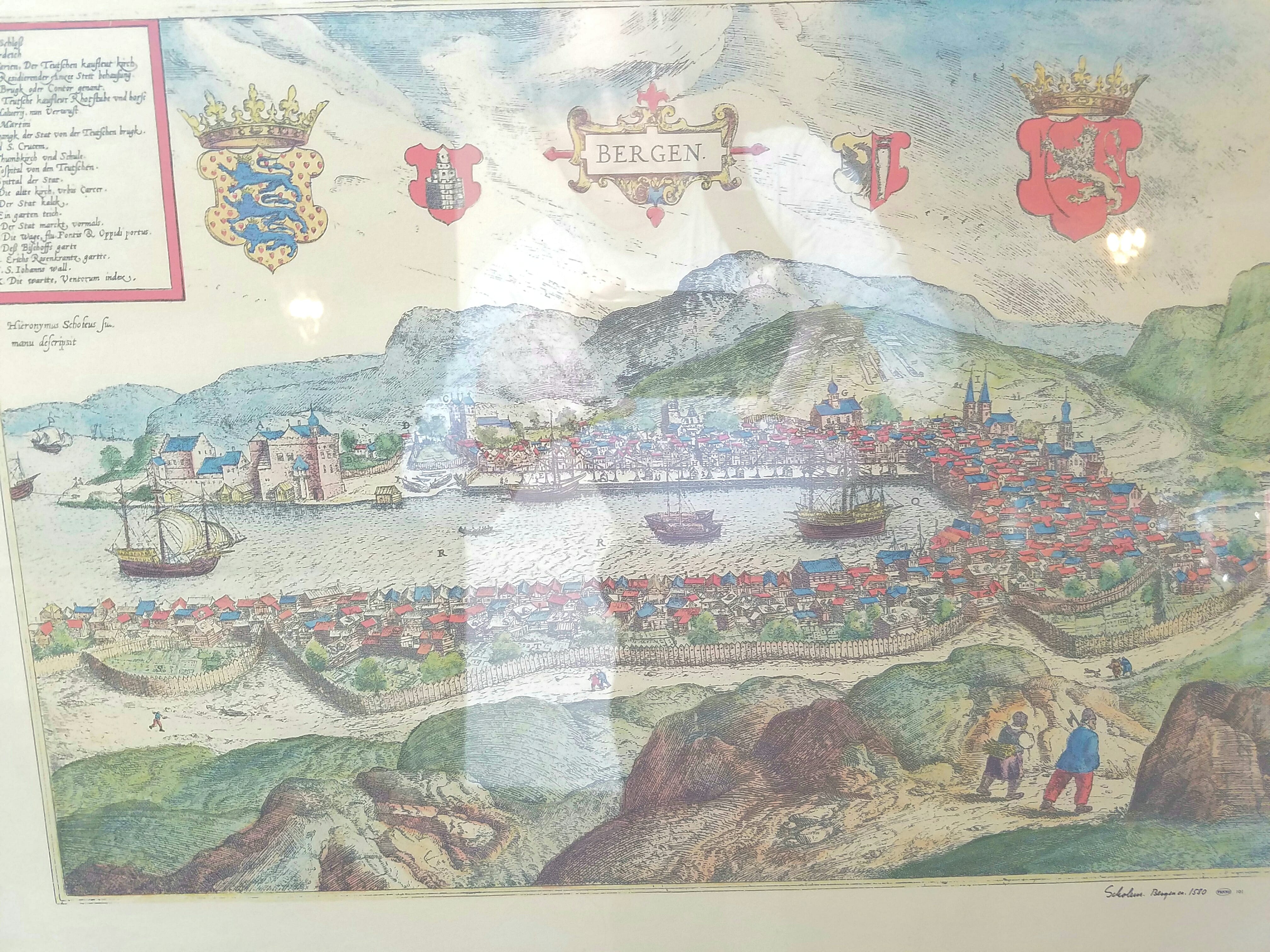

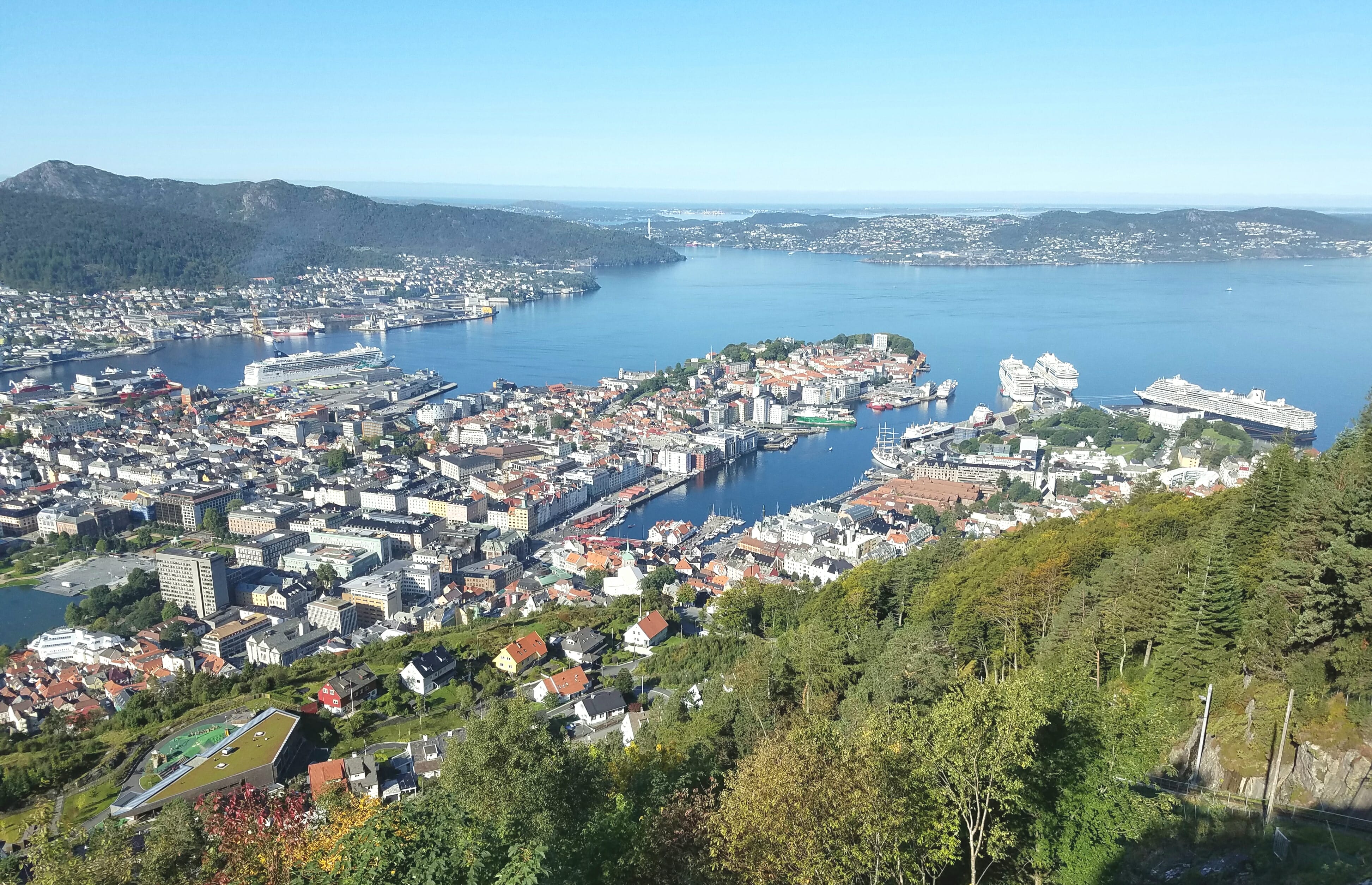
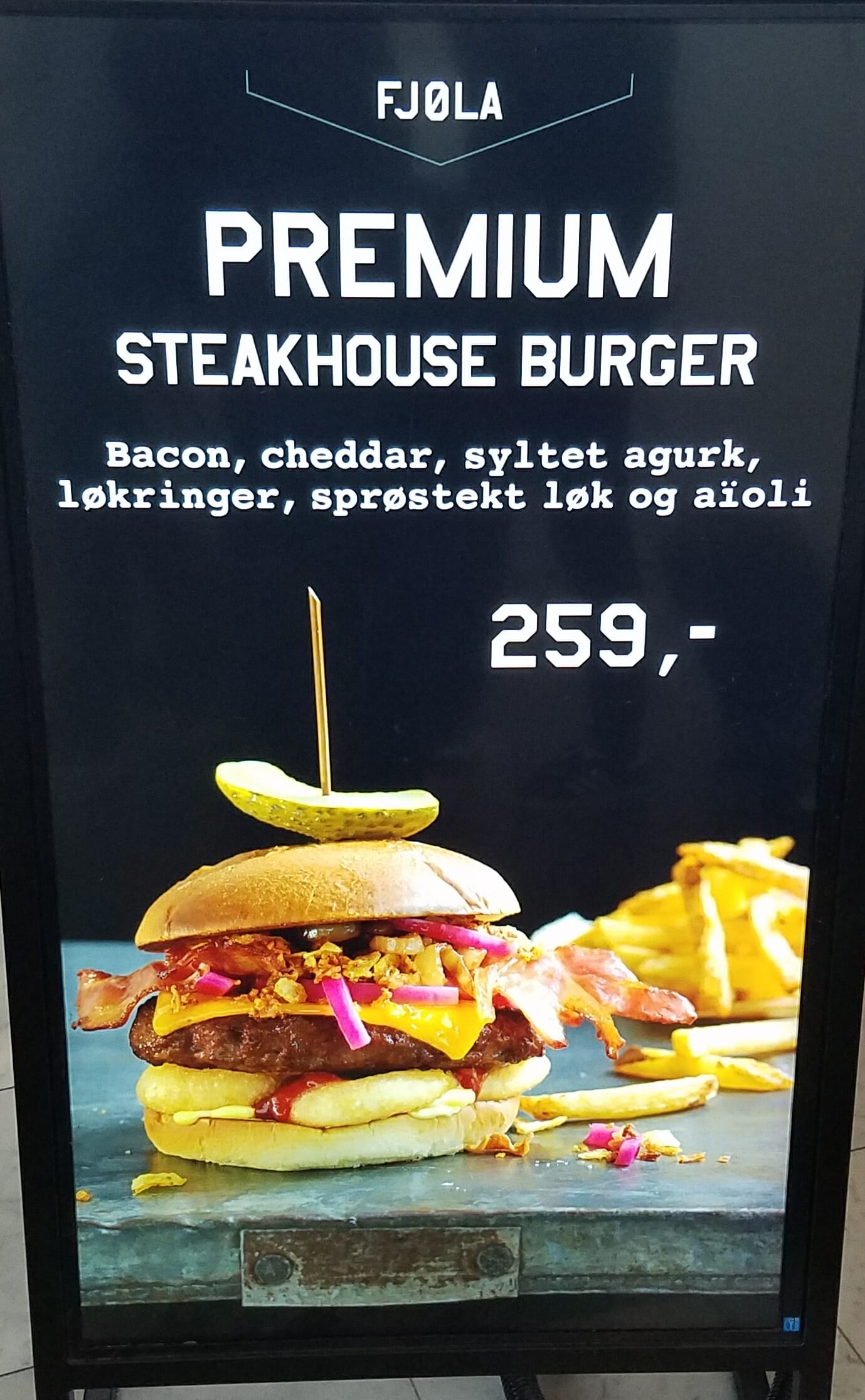
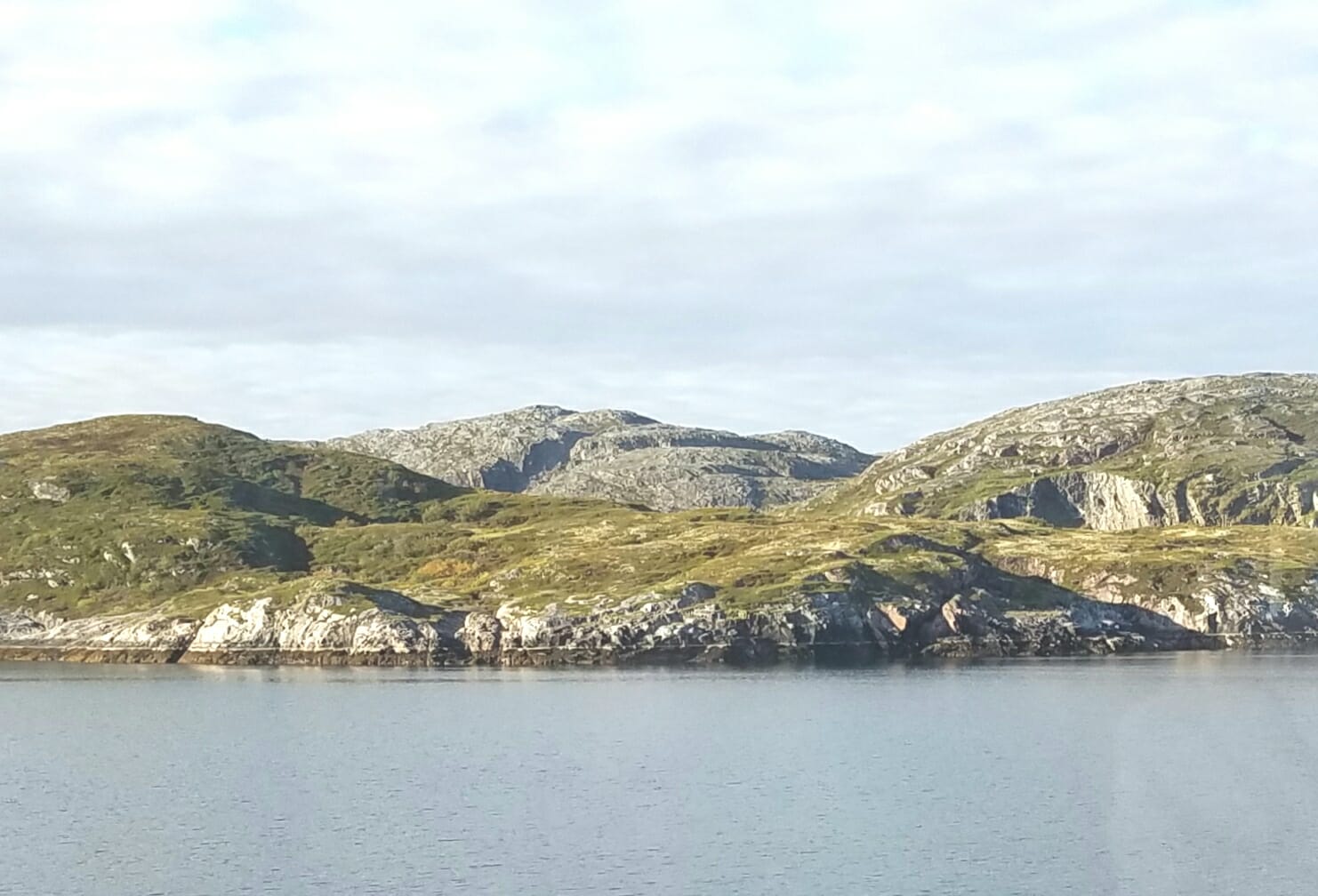
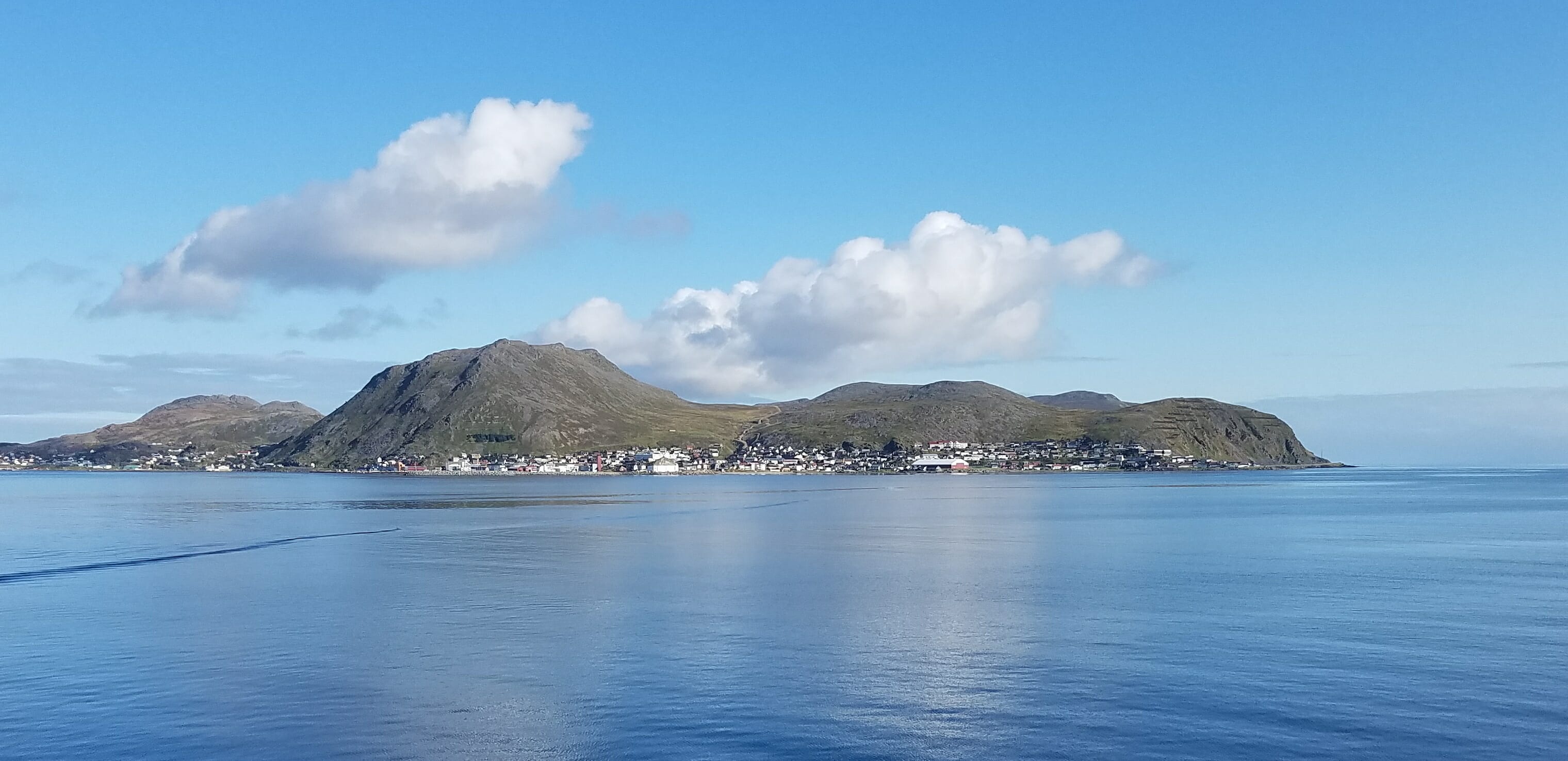
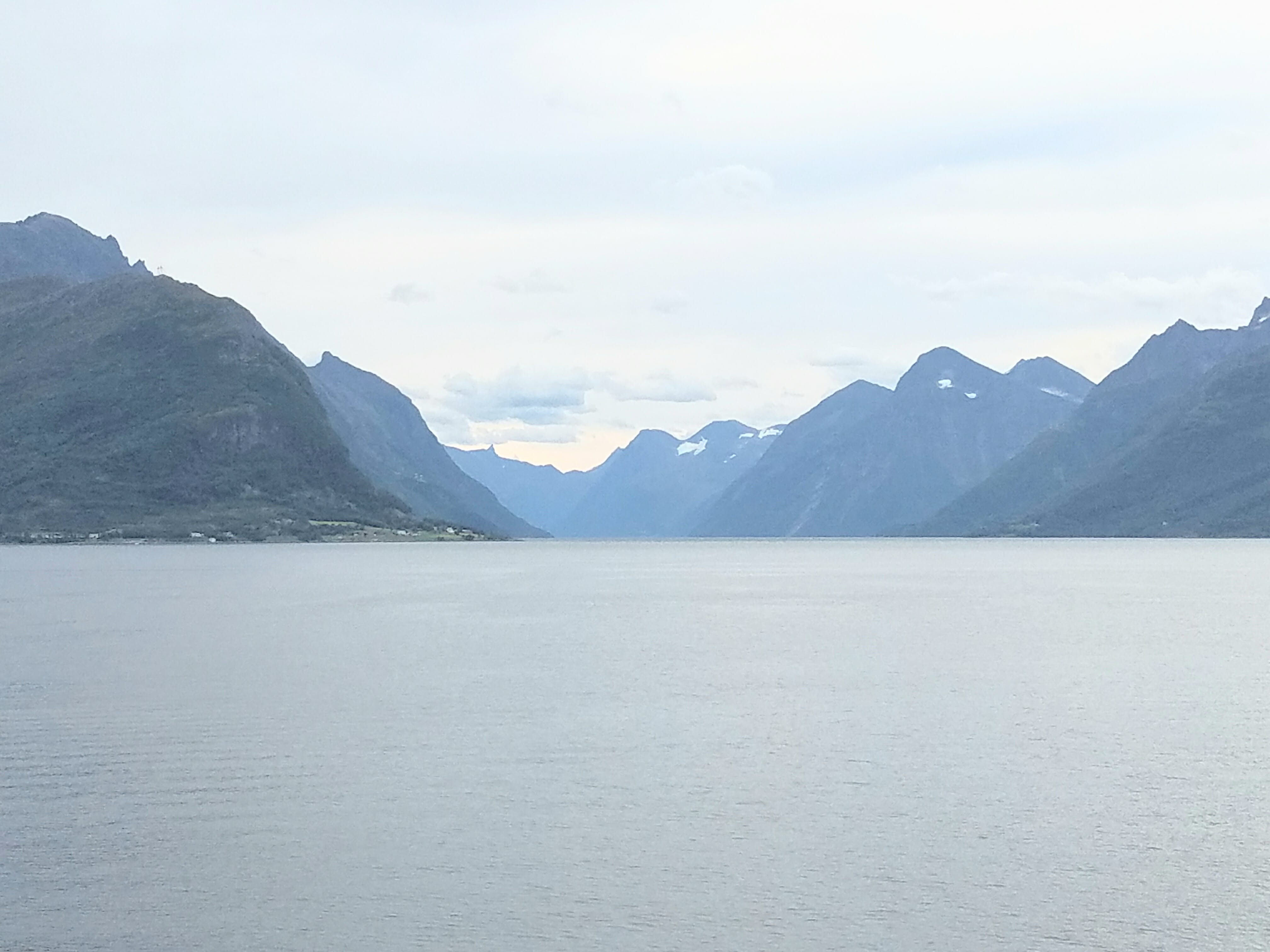
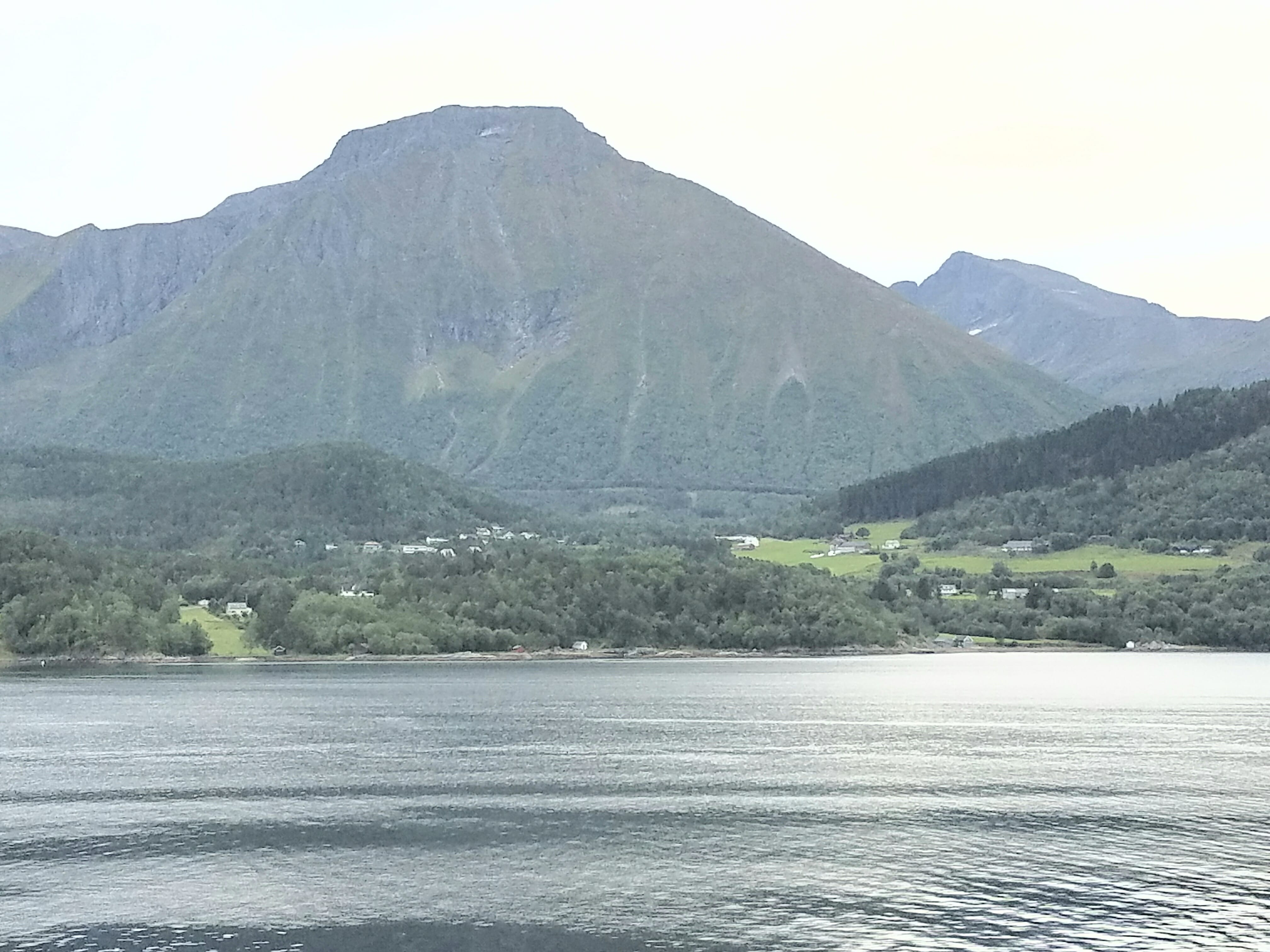
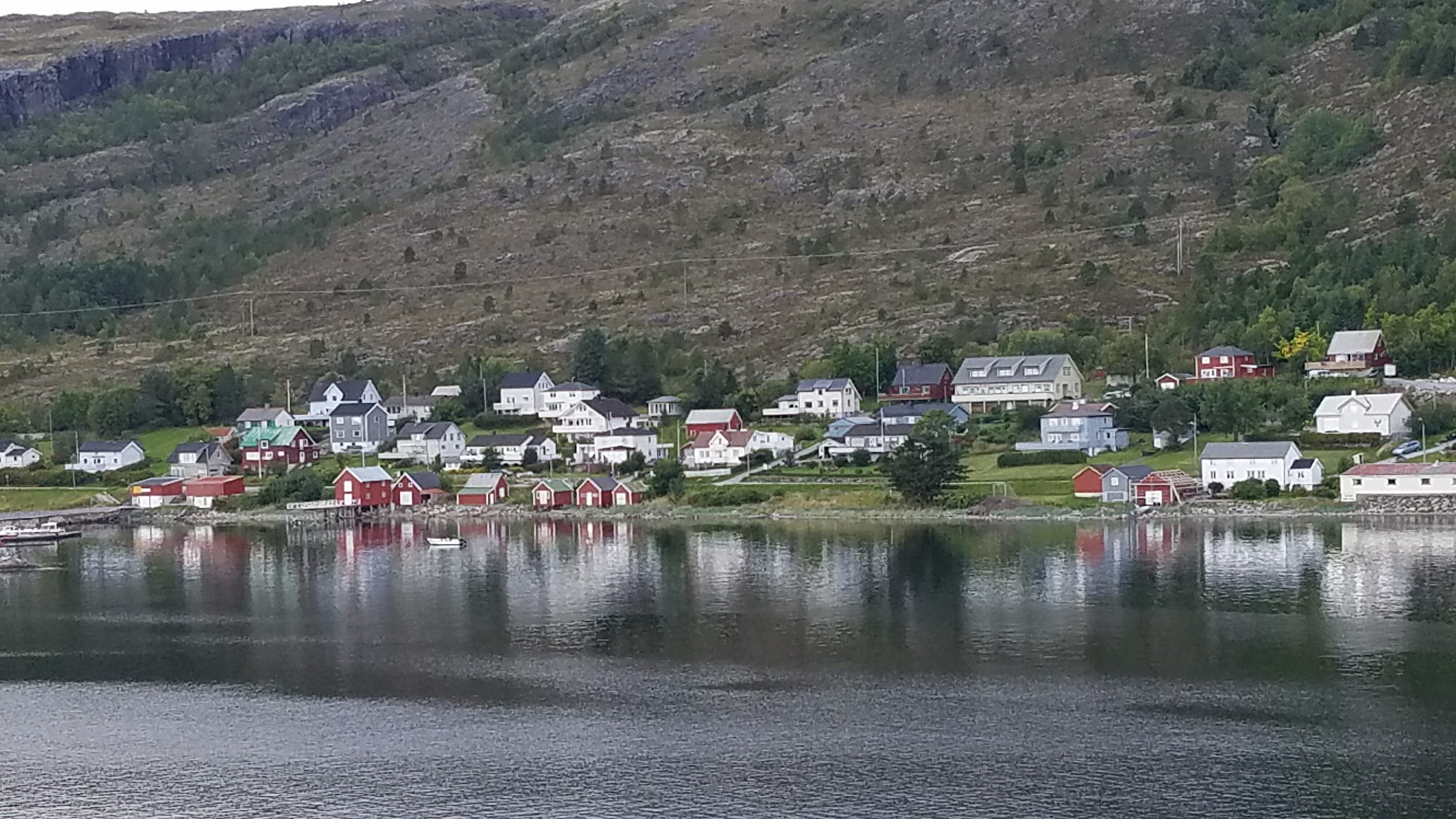

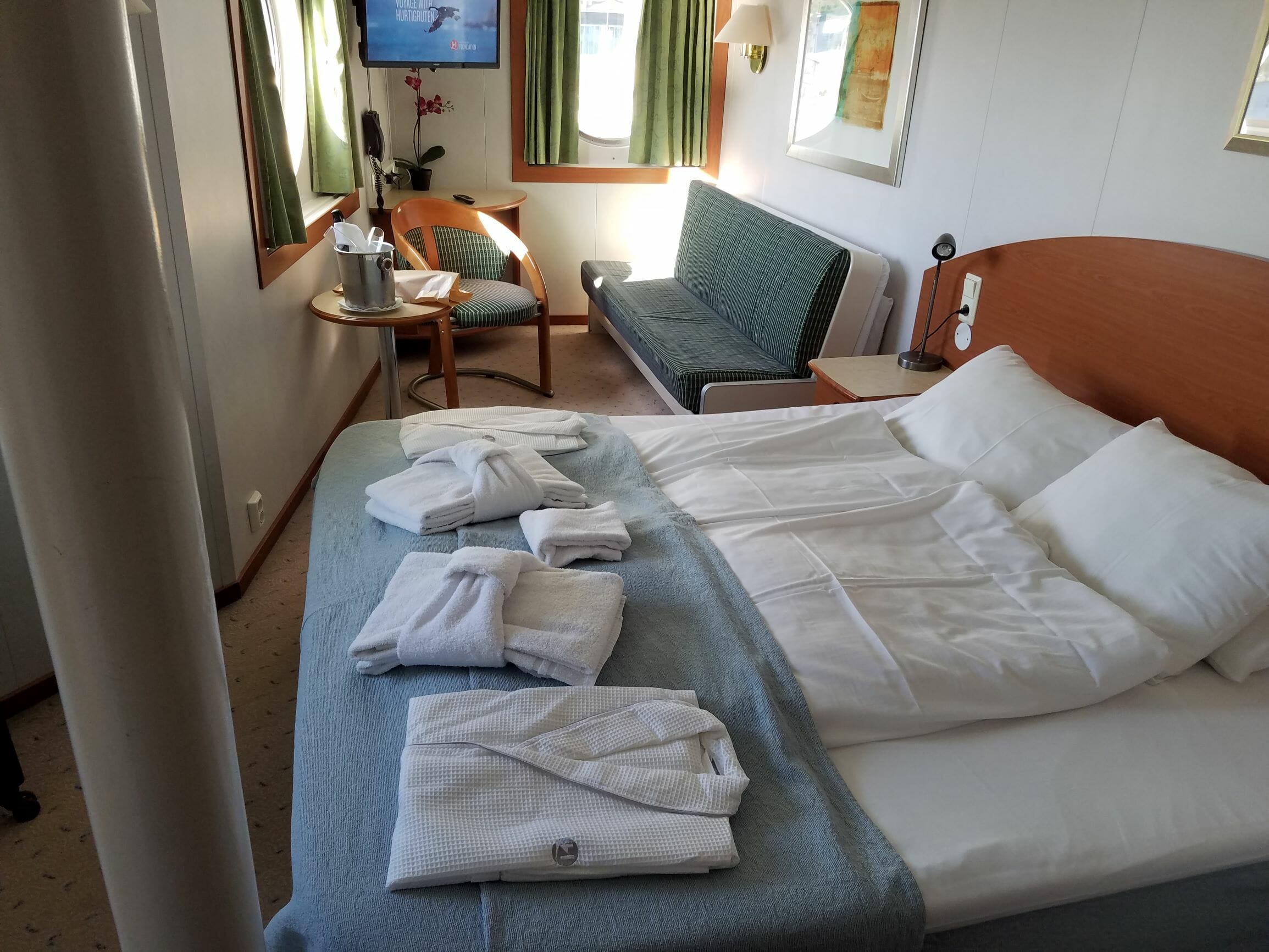
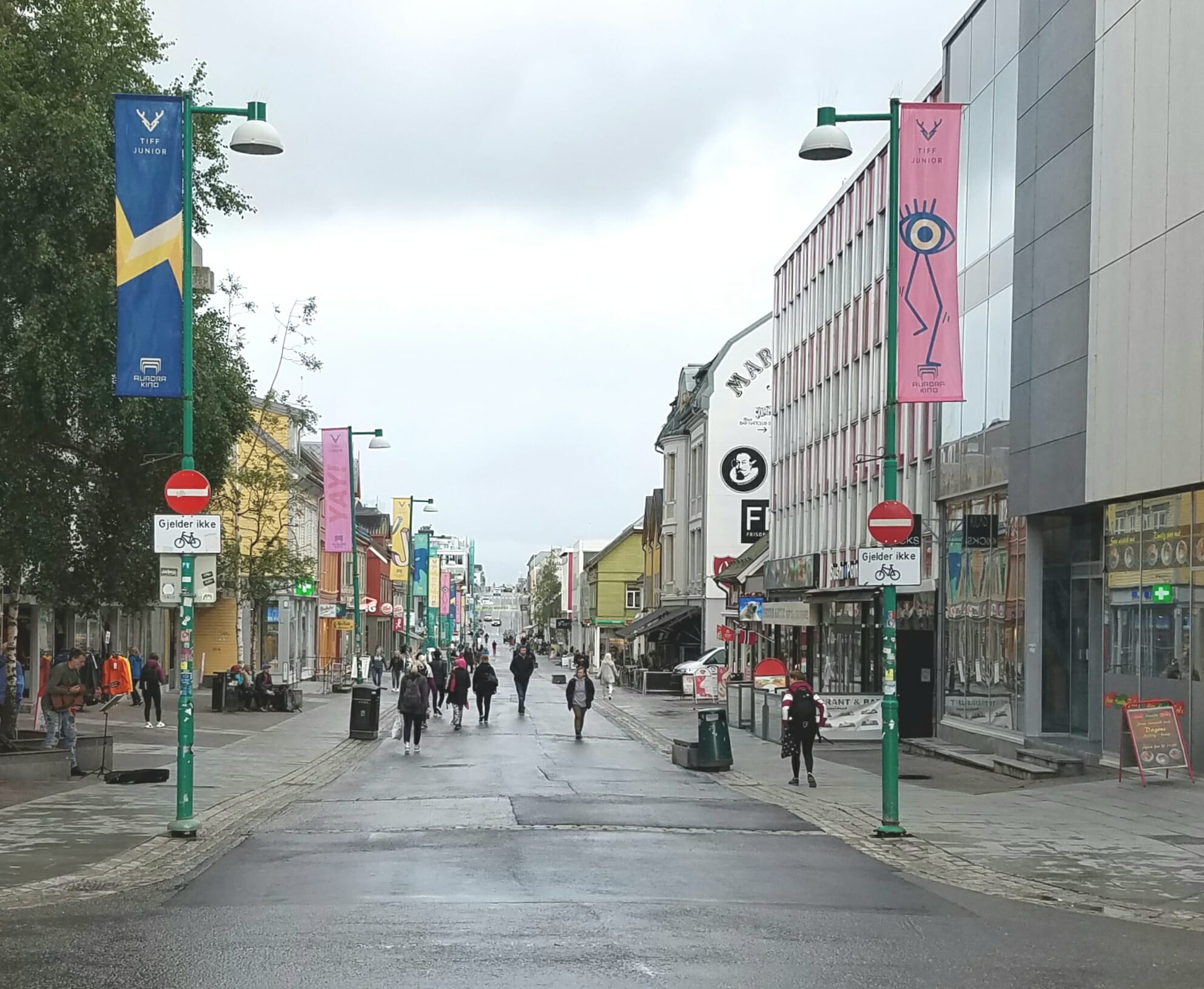
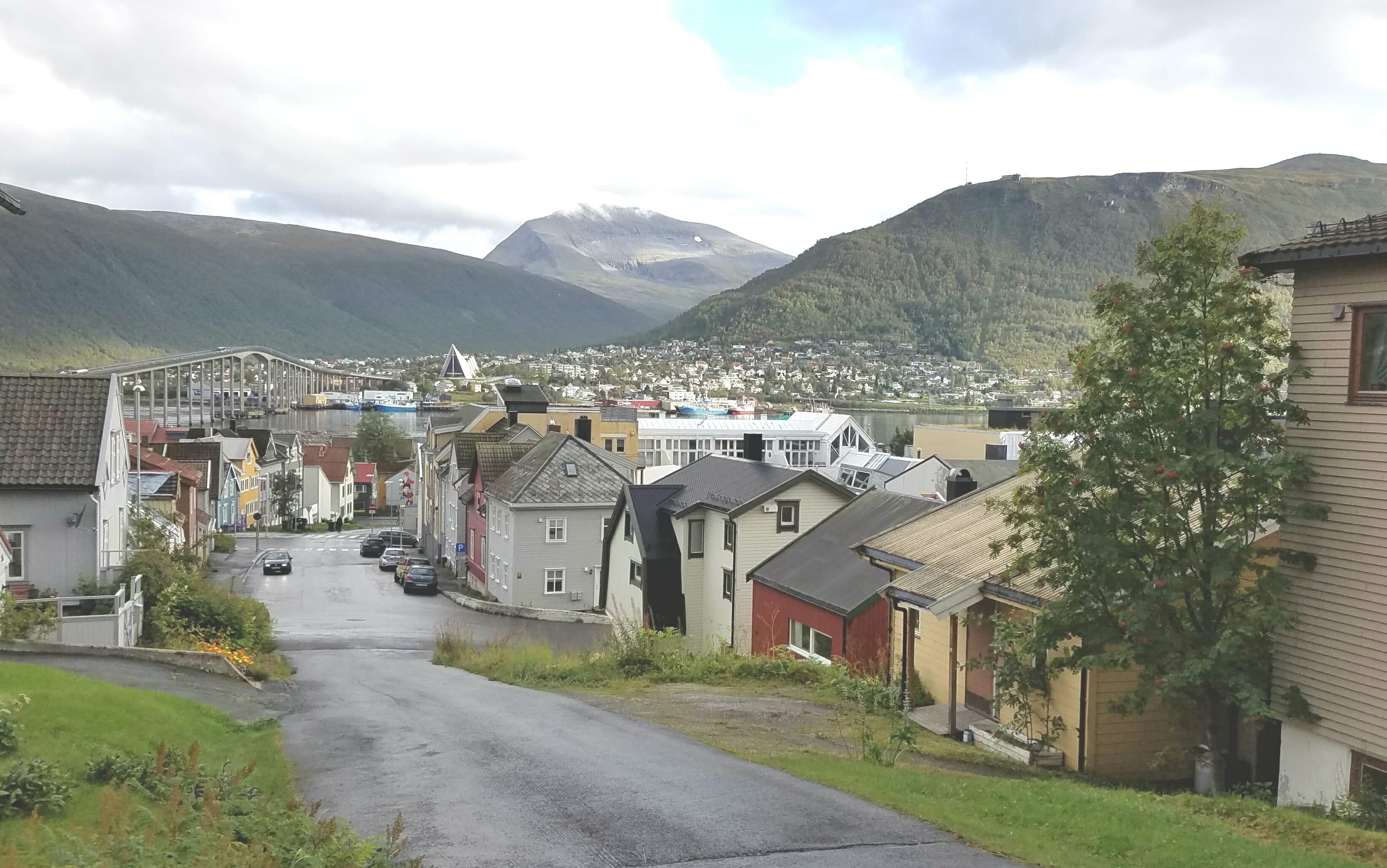
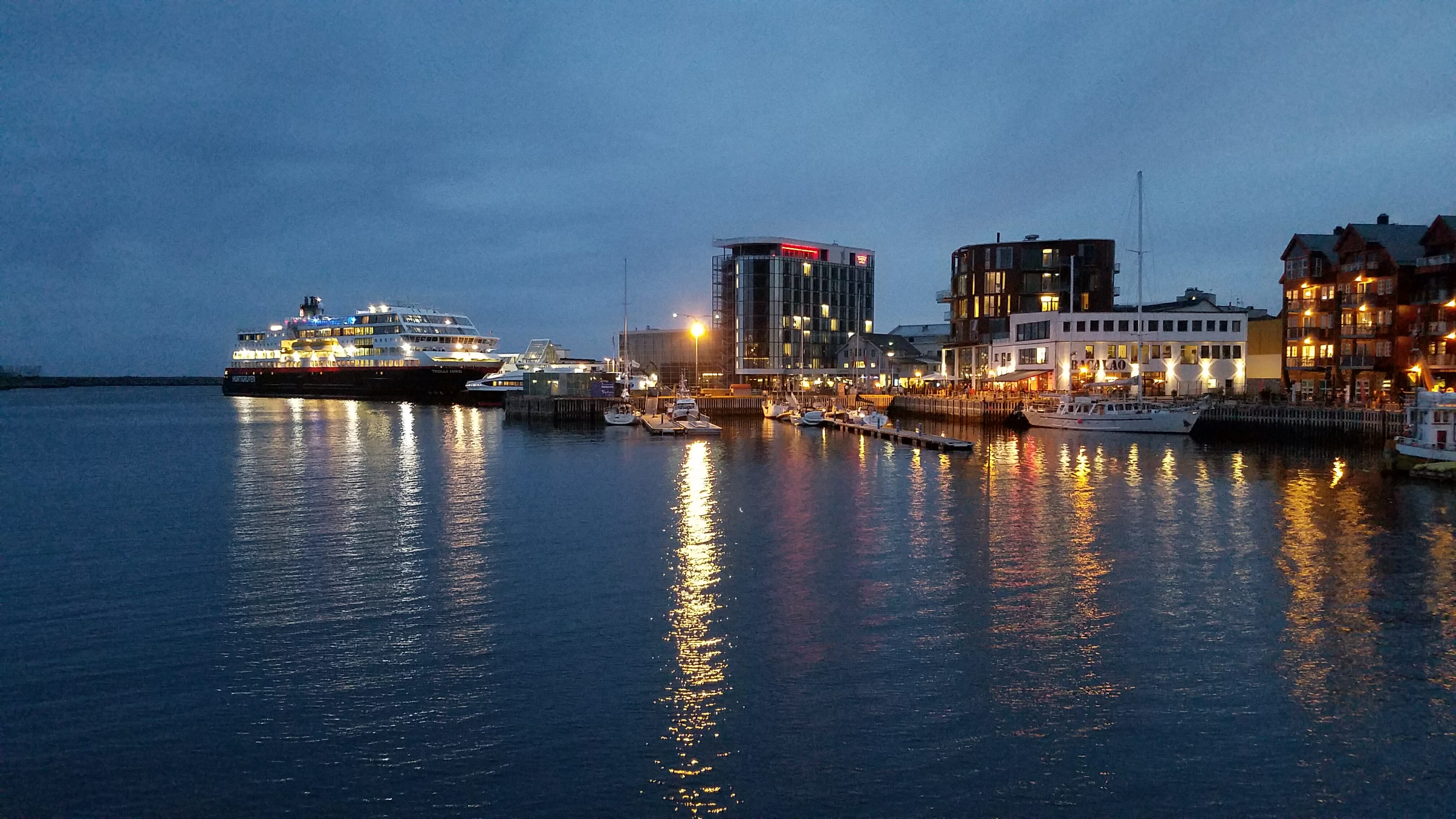
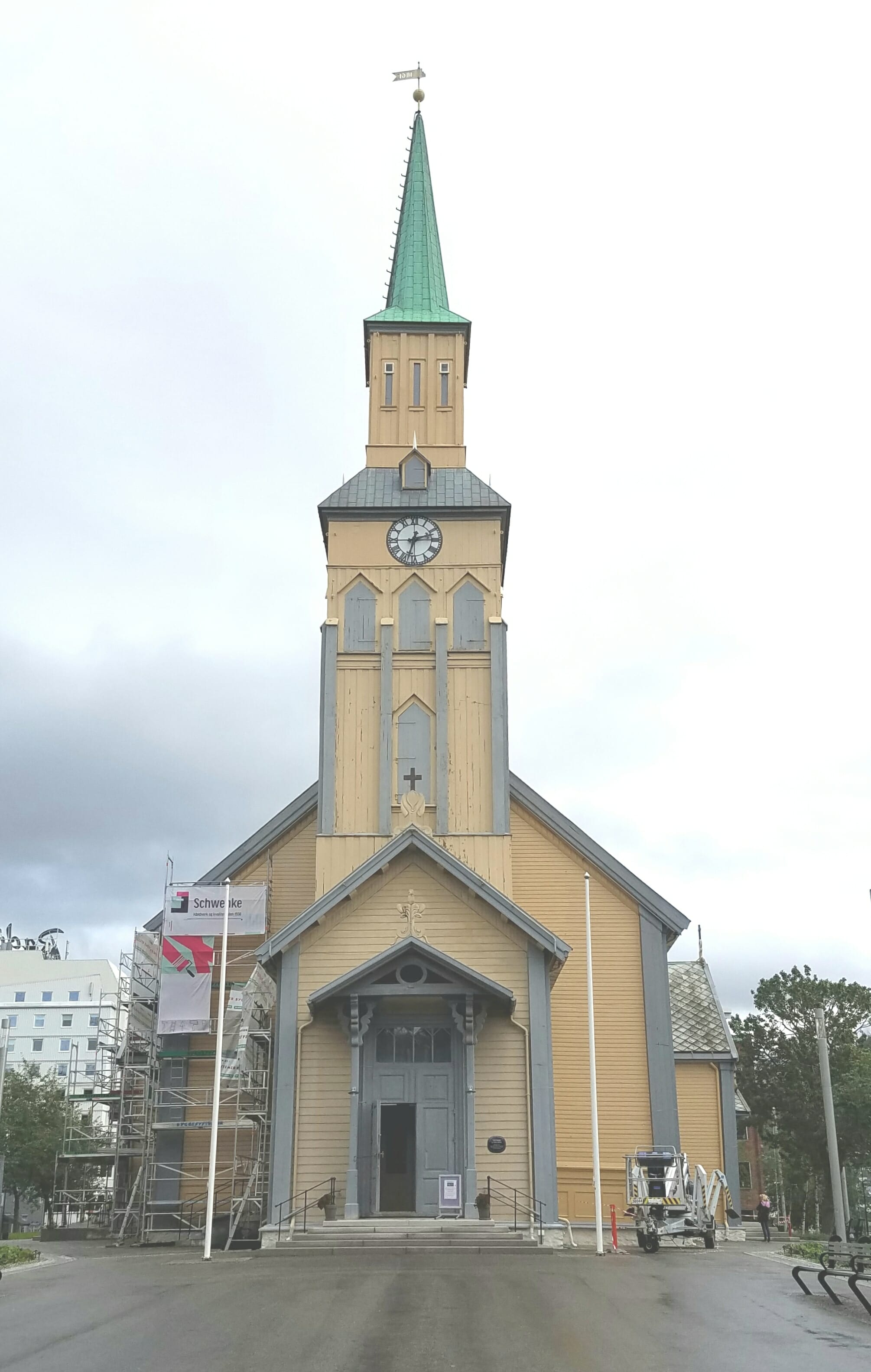



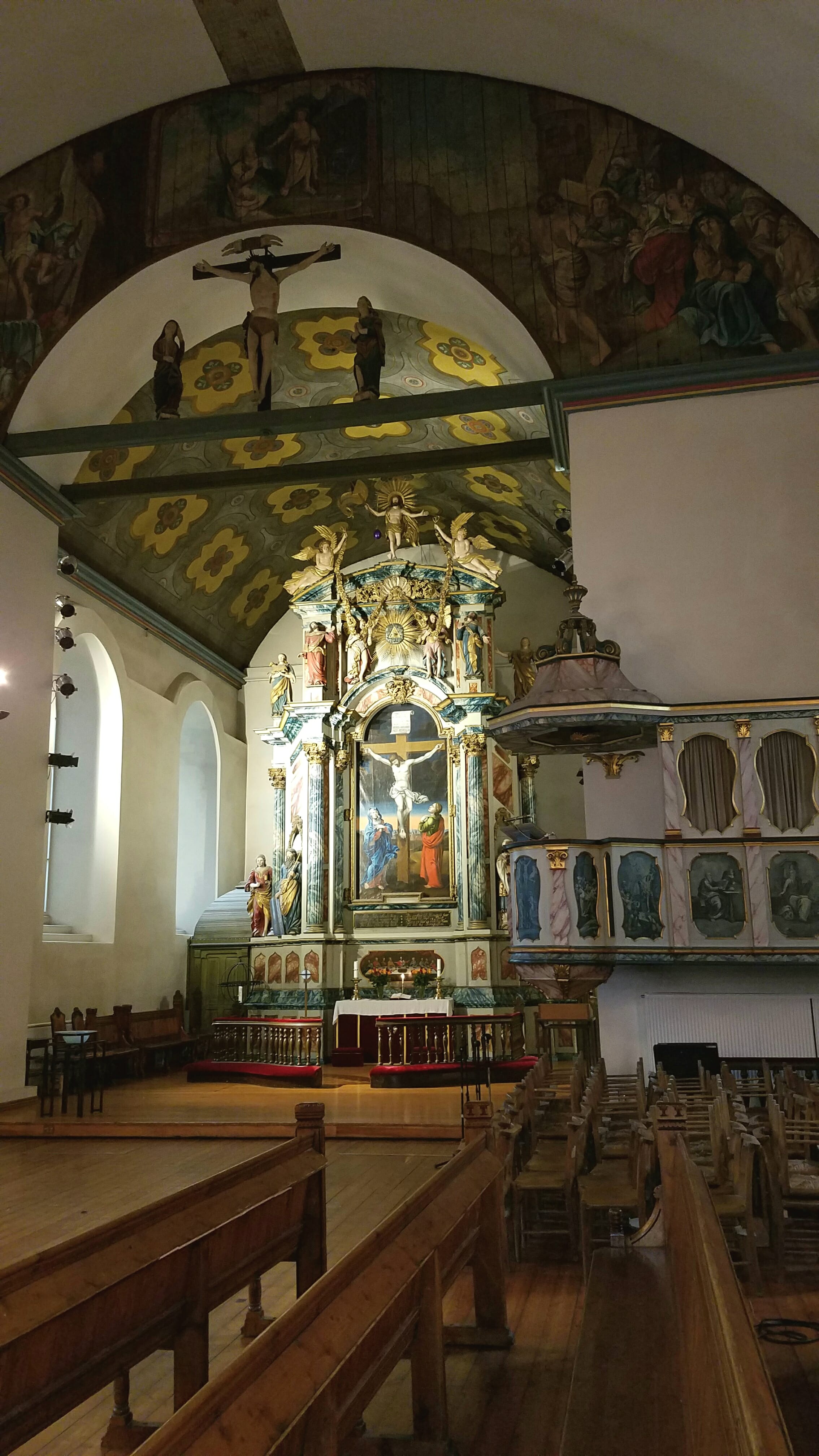
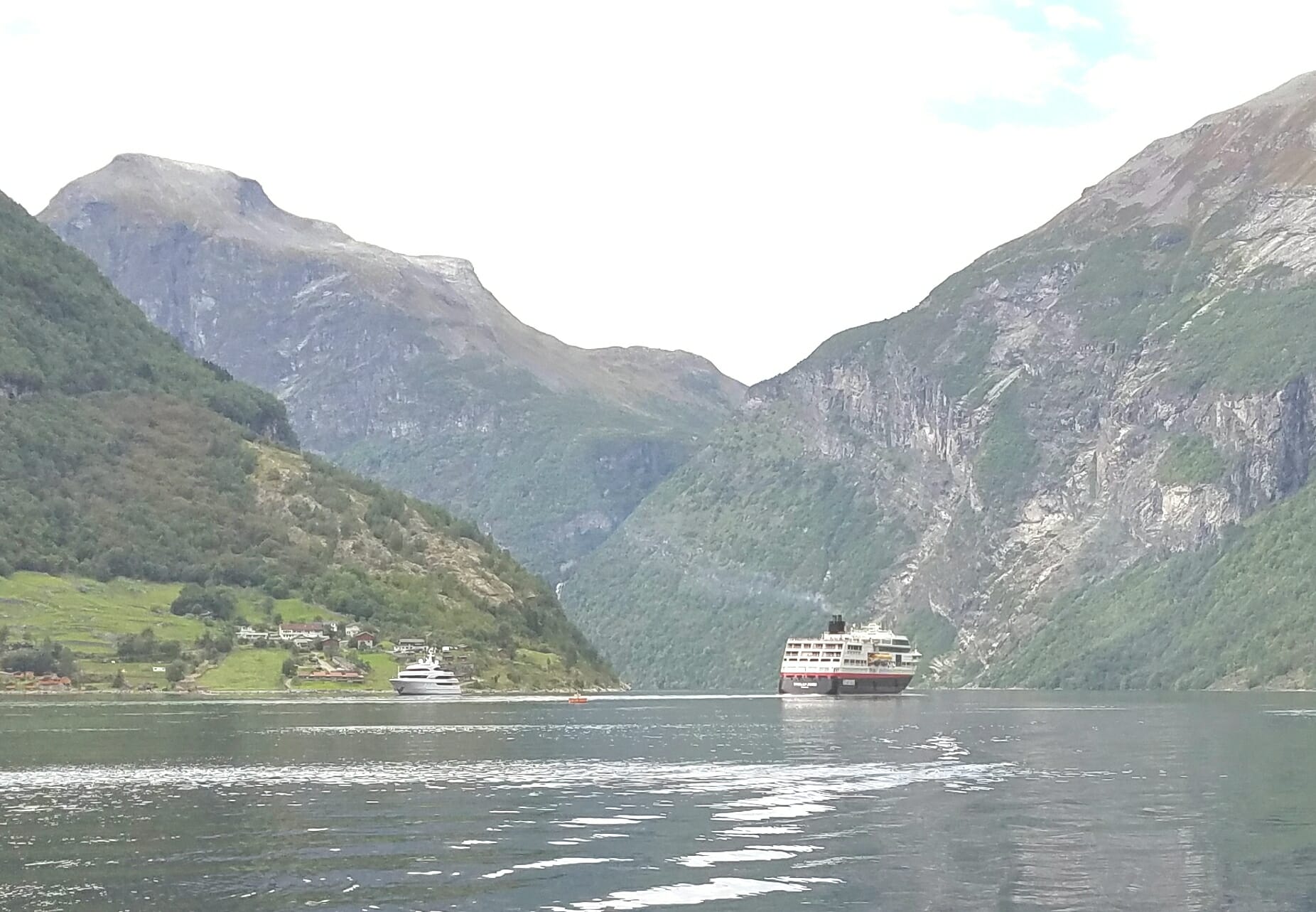
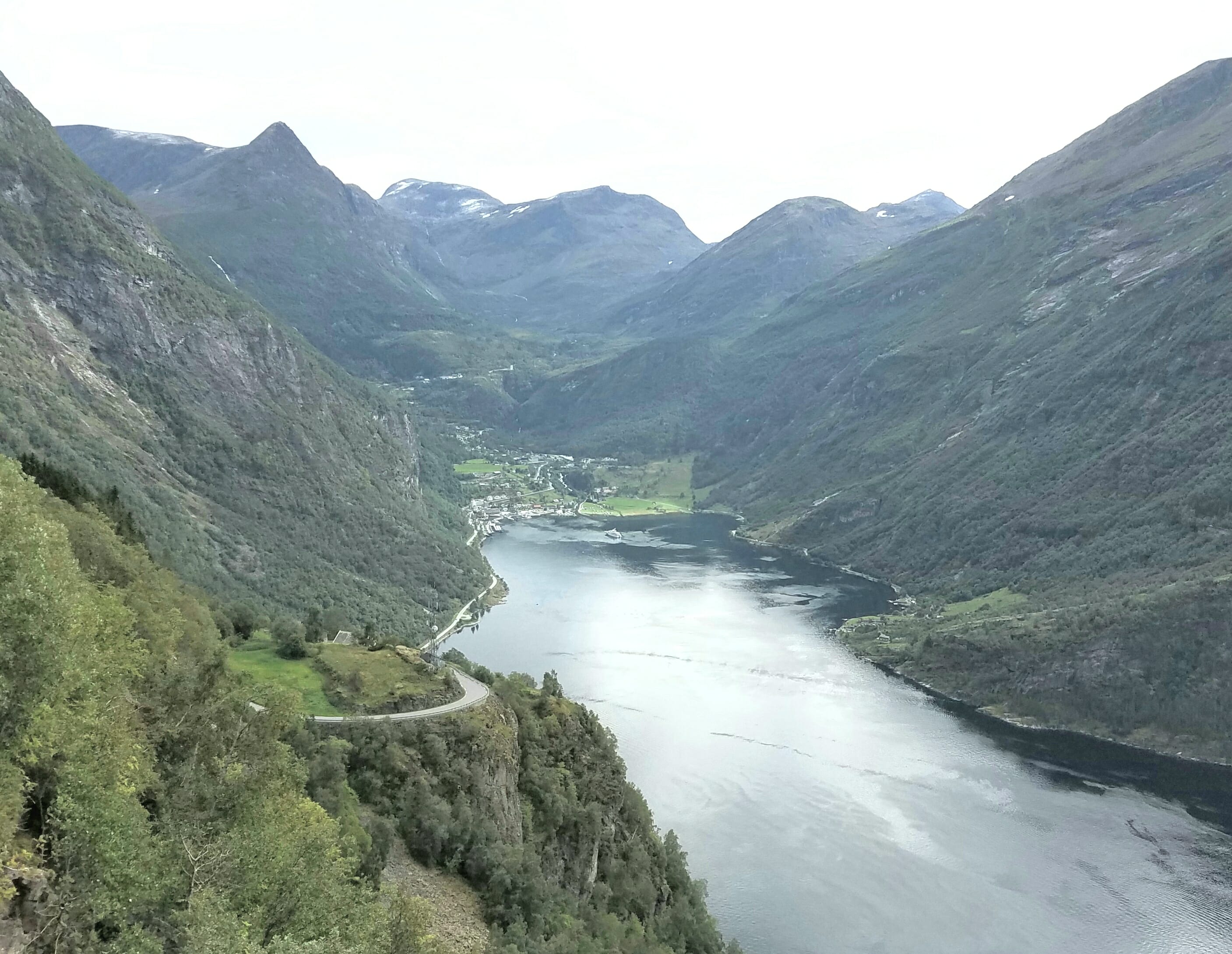
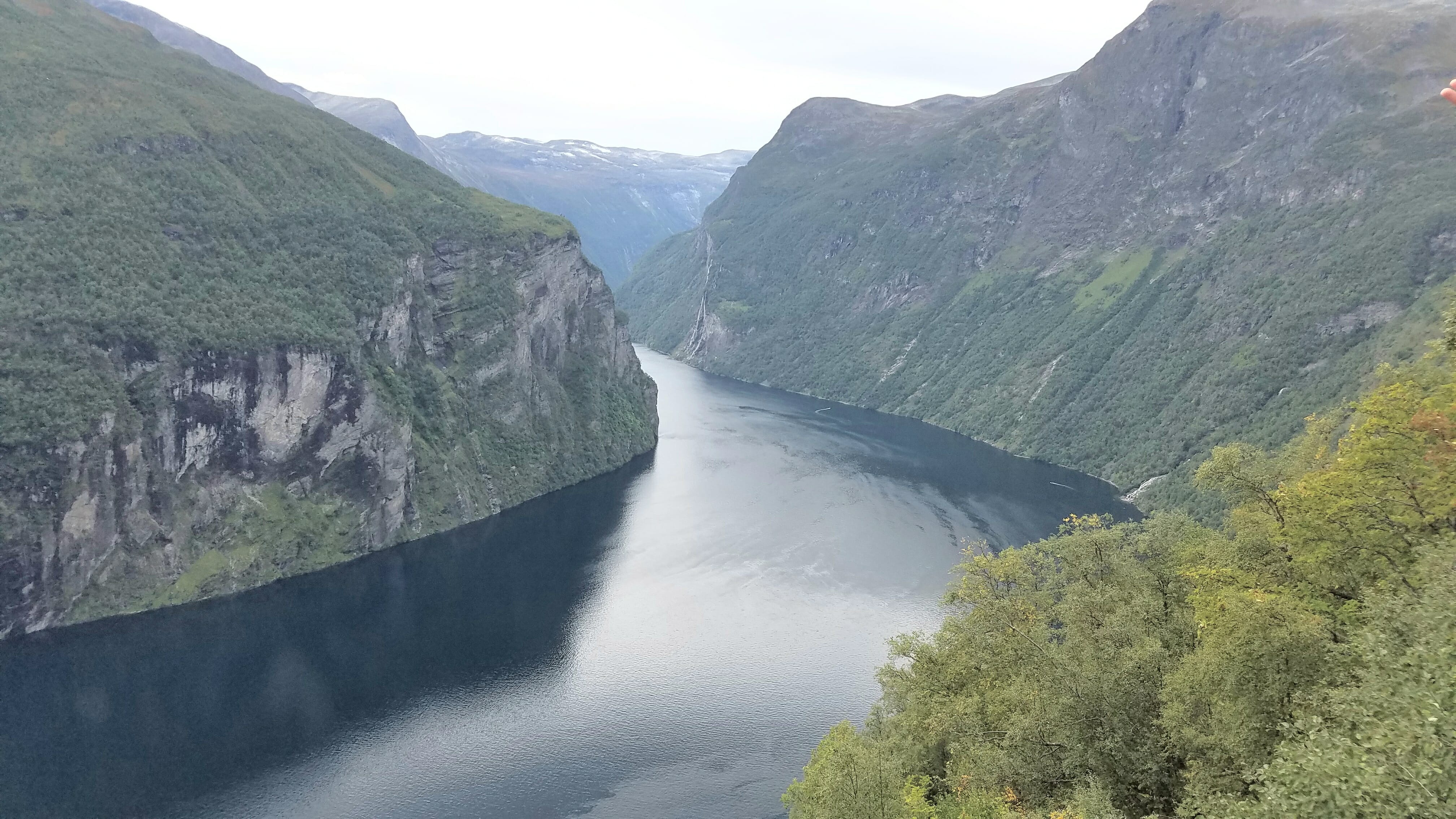
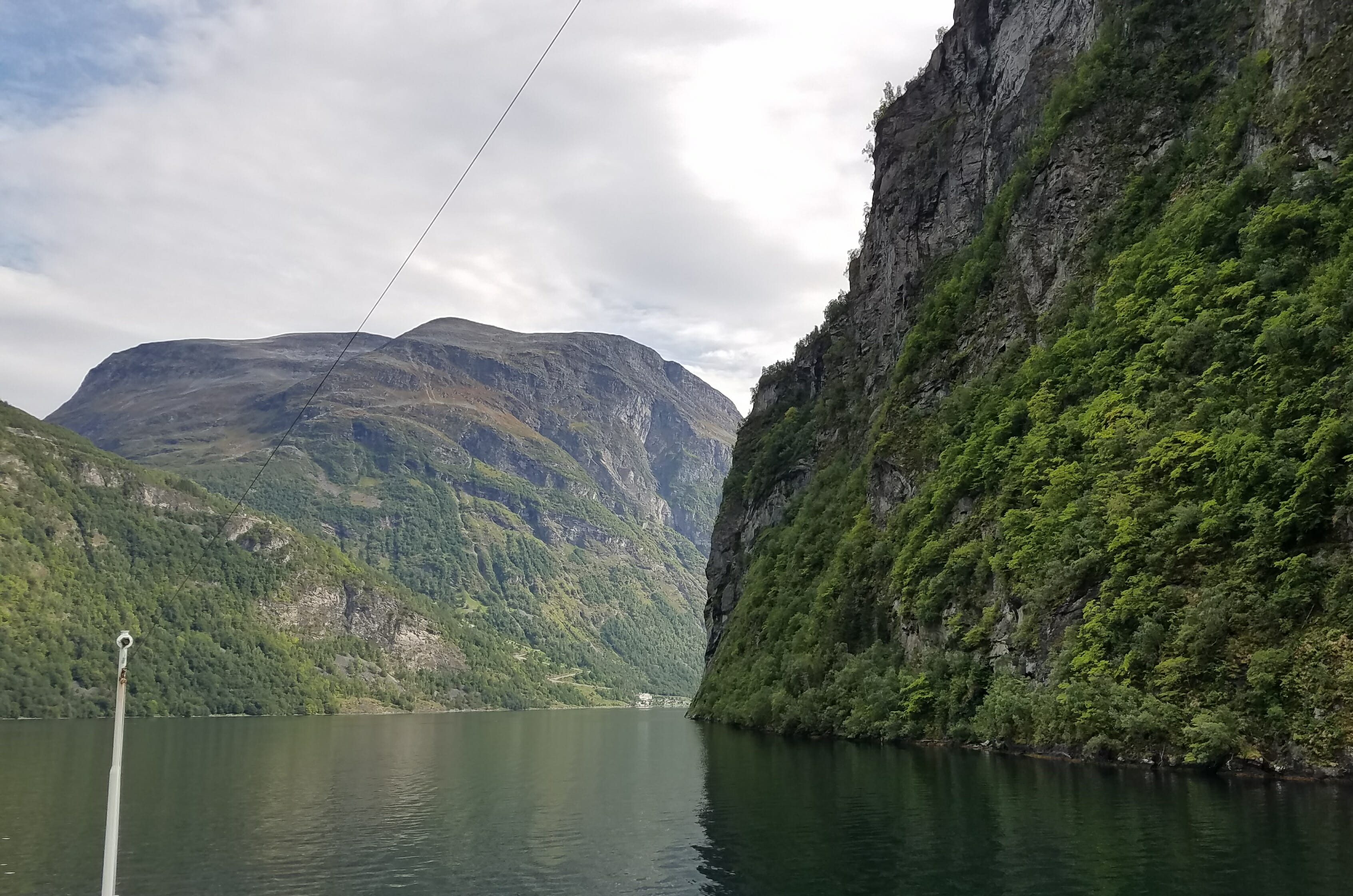
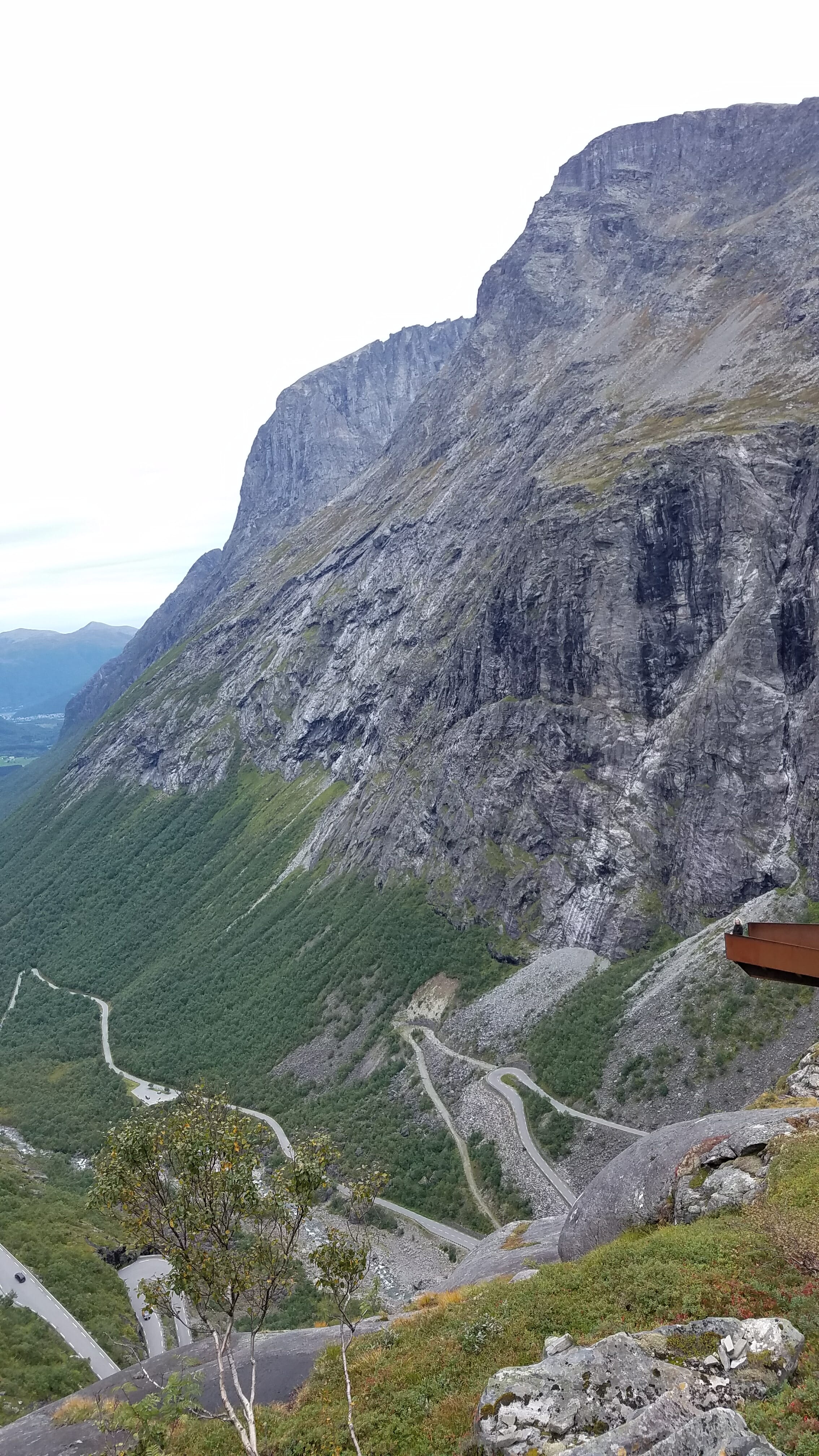
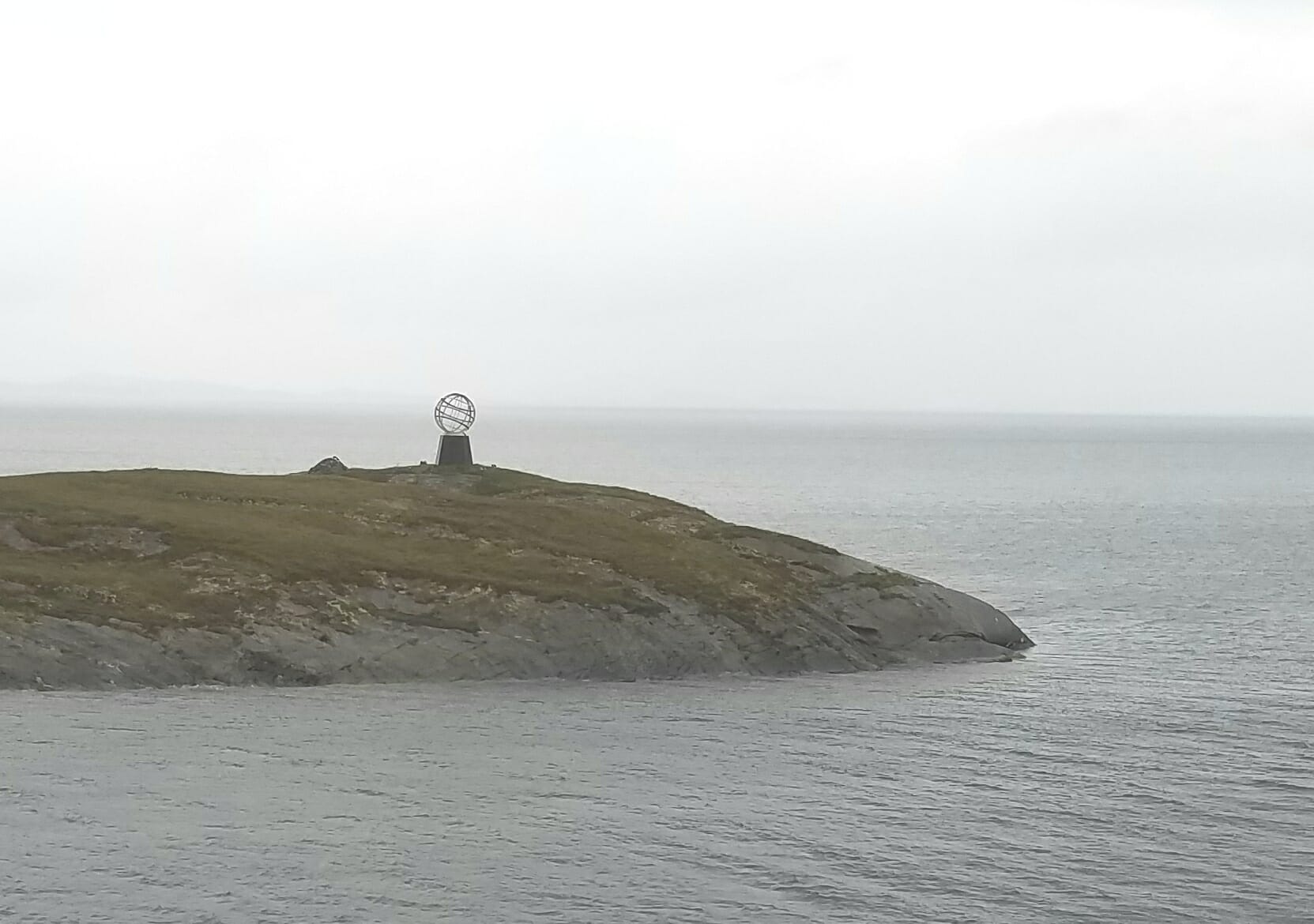
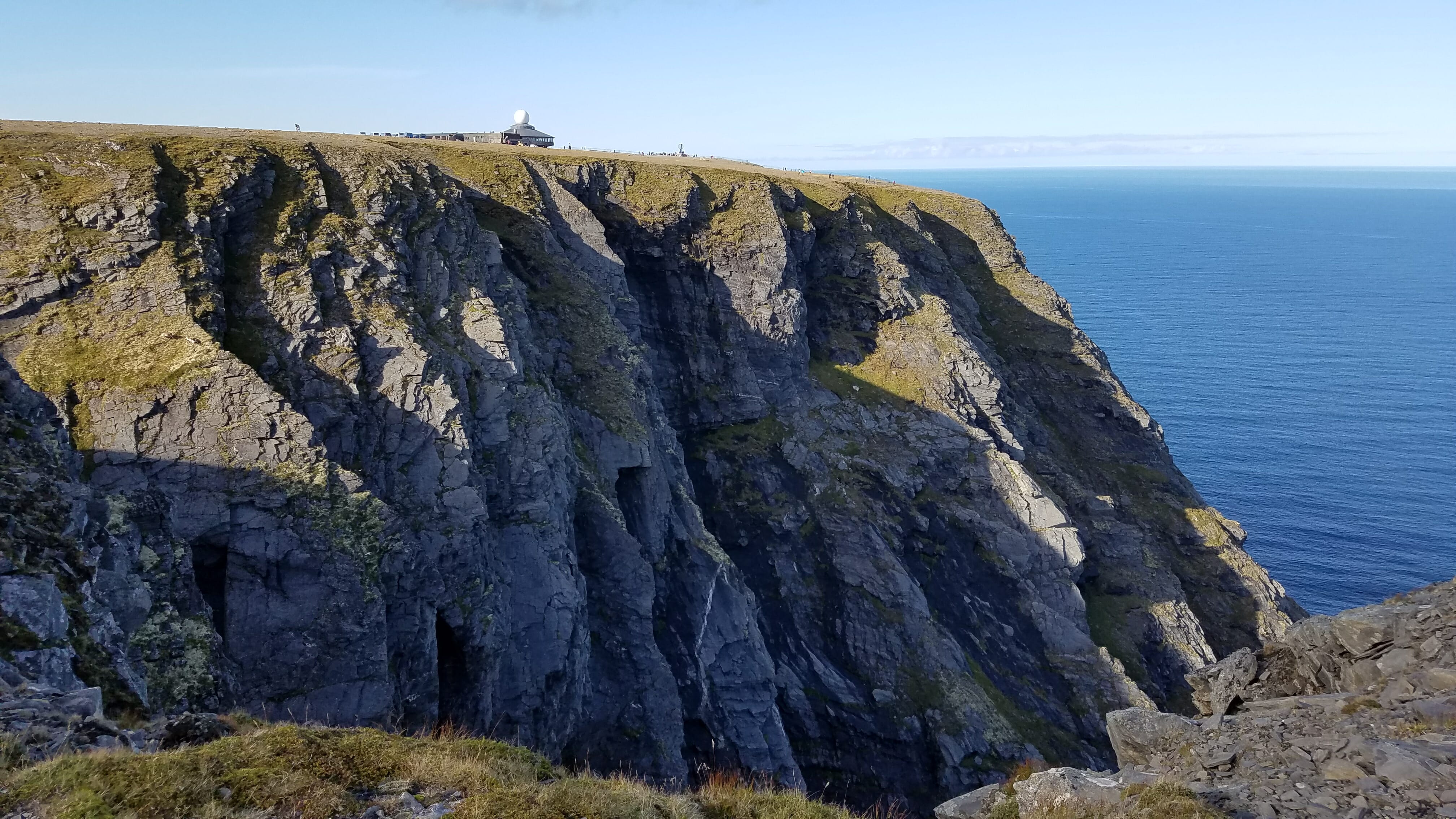
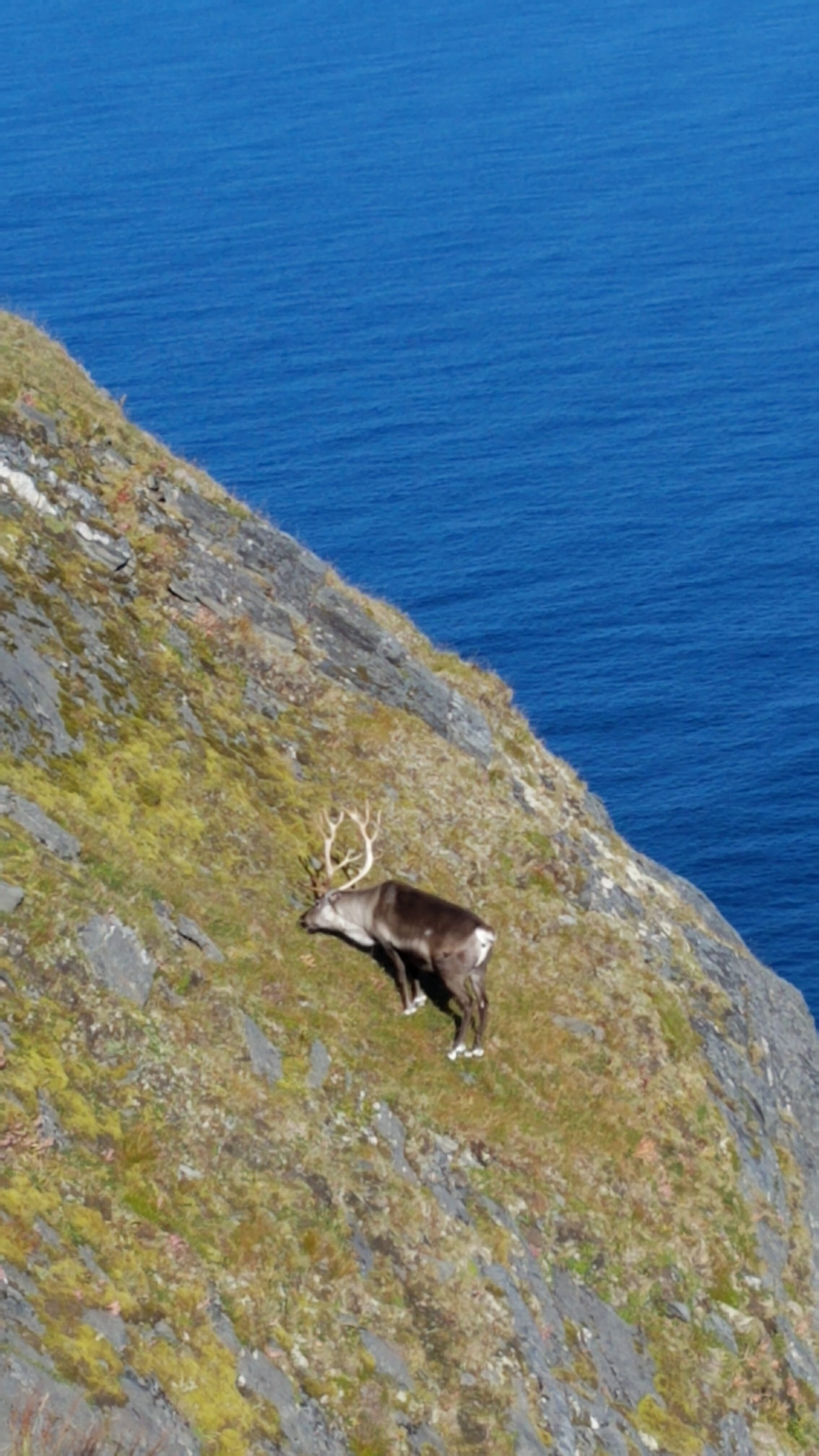
Absolutely lovely! I actually thought the clean, simple and sparse interior of the church you show above, is quite charming.
The scenery is what I imagined it would be like and Oslo seems beautiful.
I am intrigued as I have never set foot in that part of Europe.
Lots of history. Can’t wait to hear all about it from both of you.